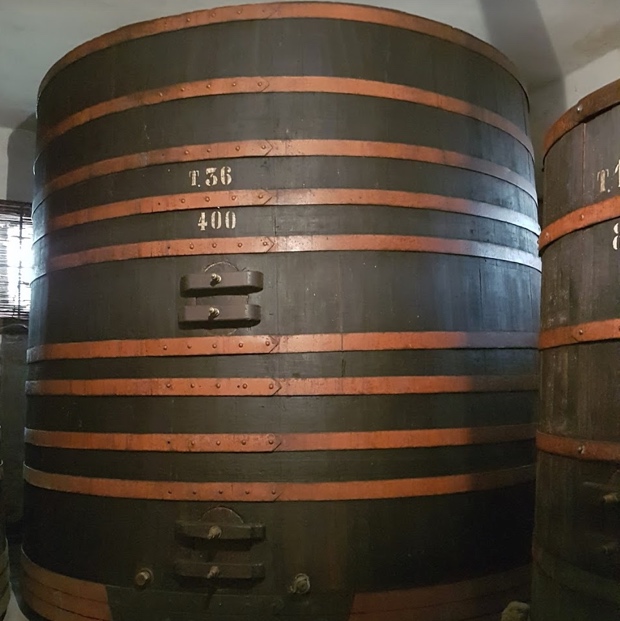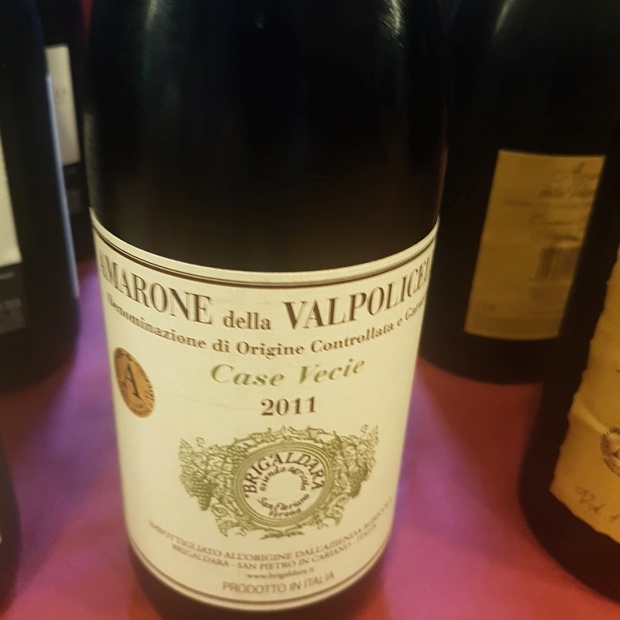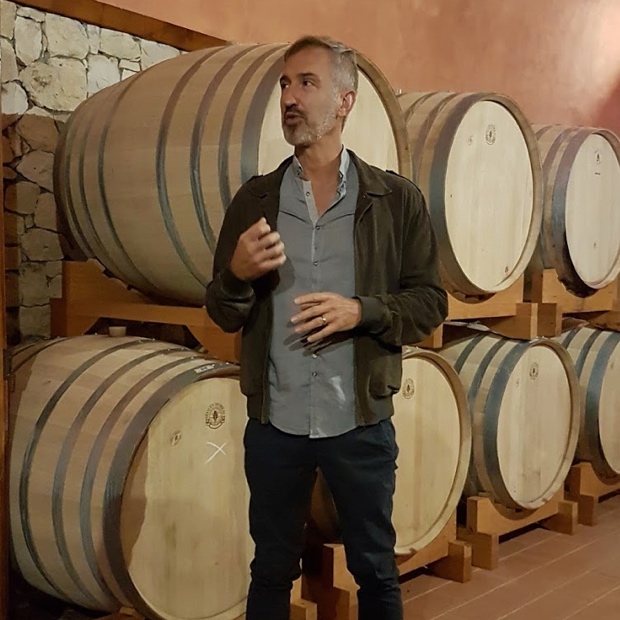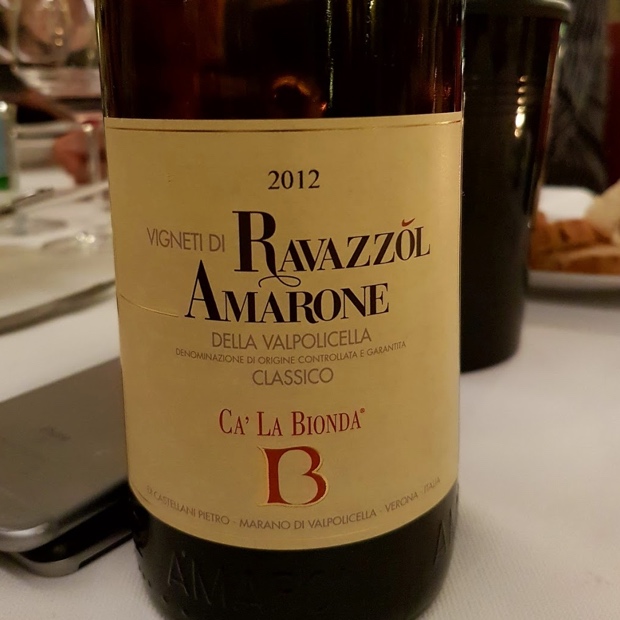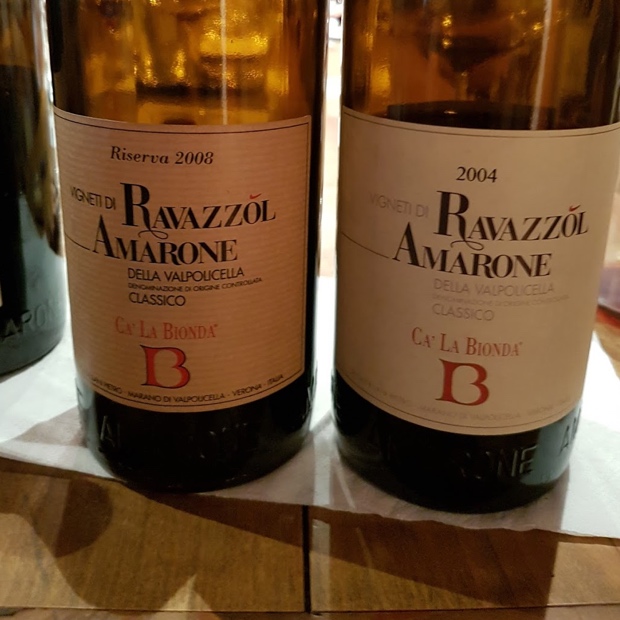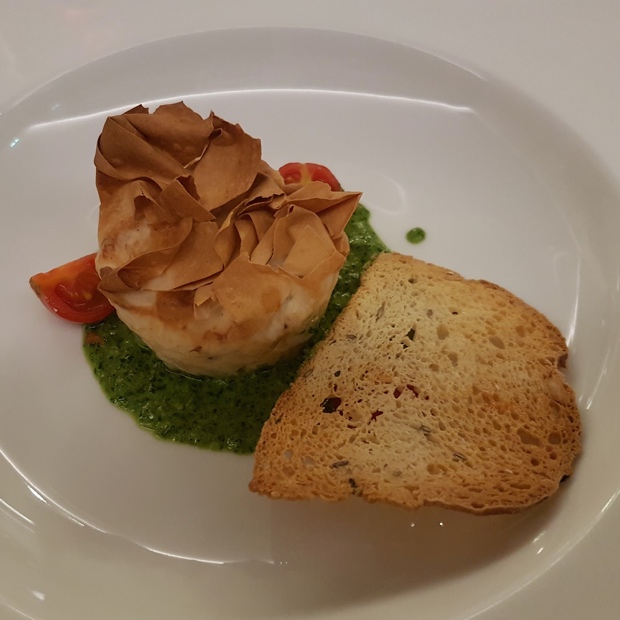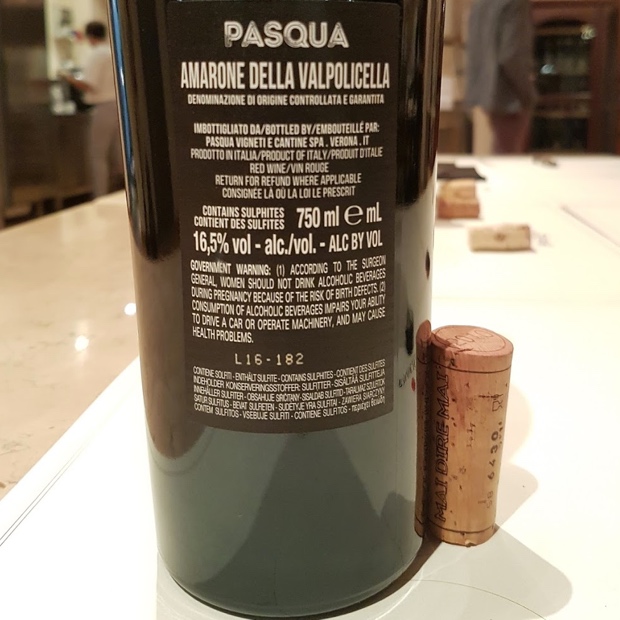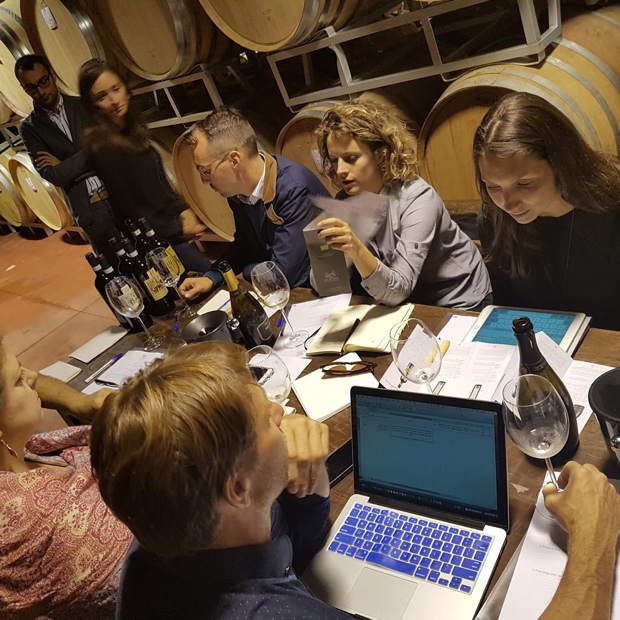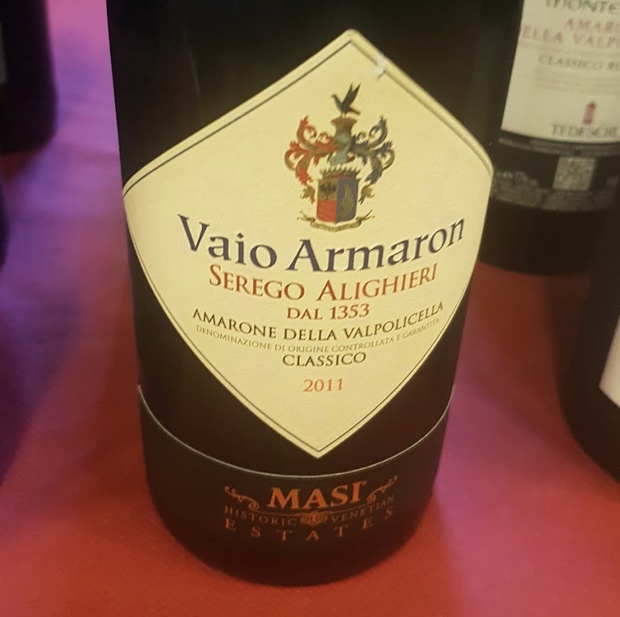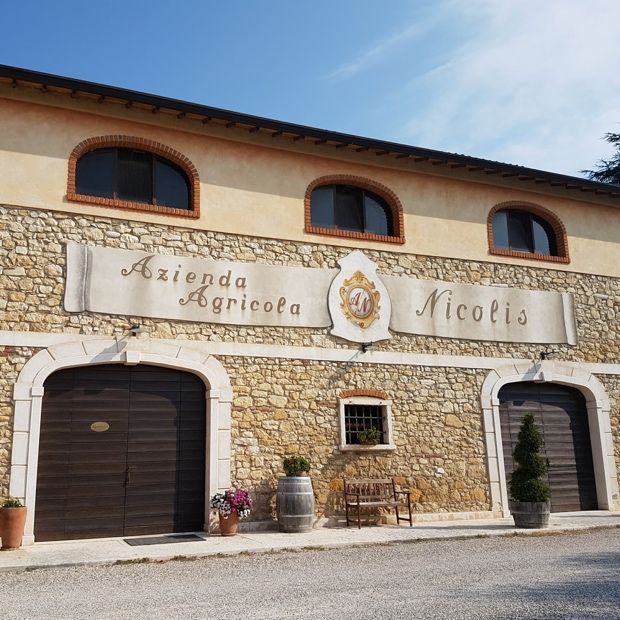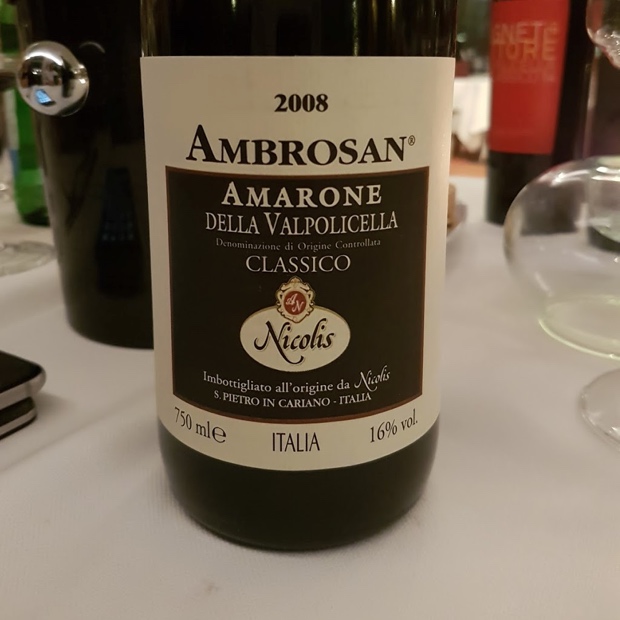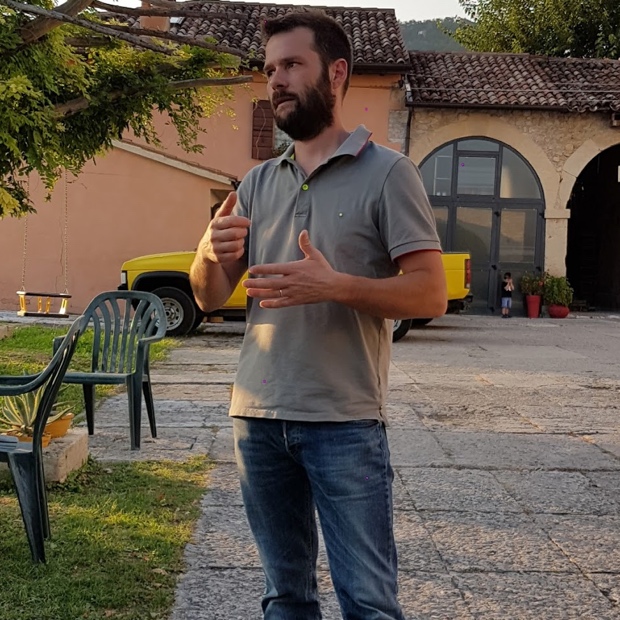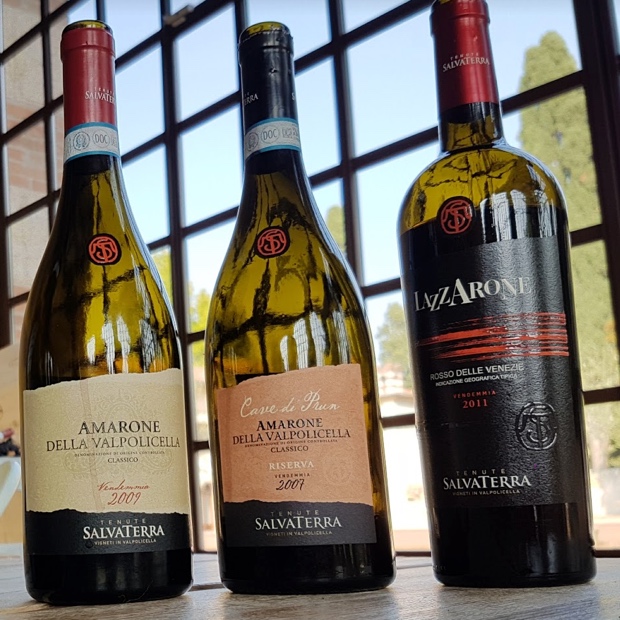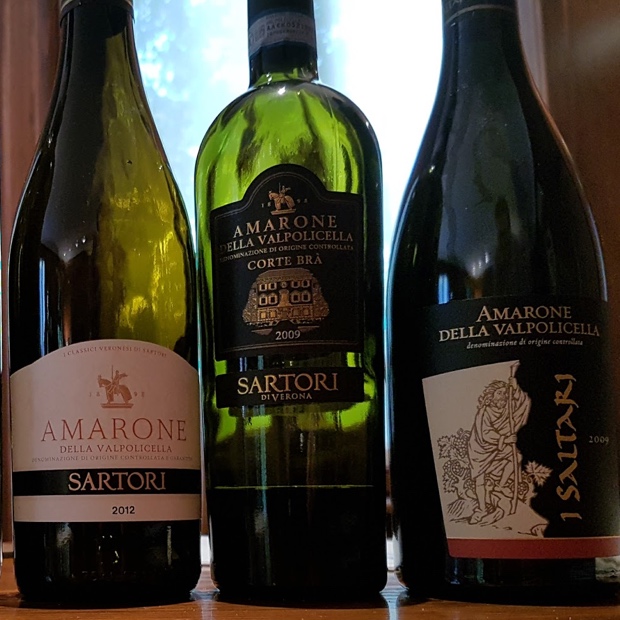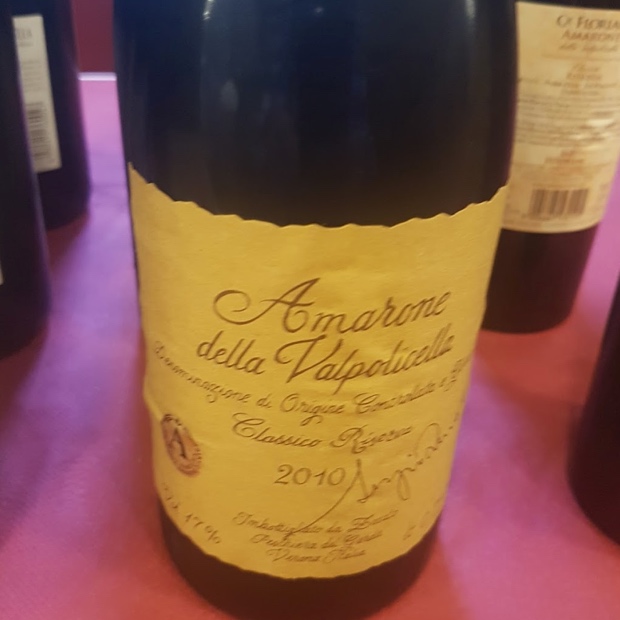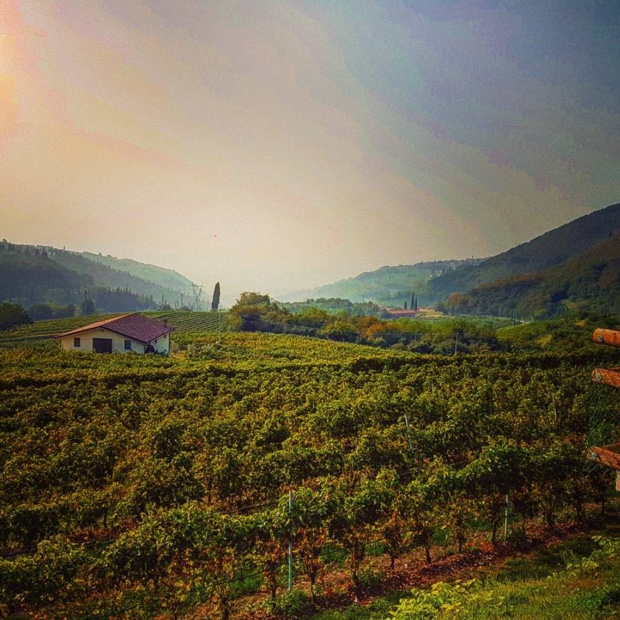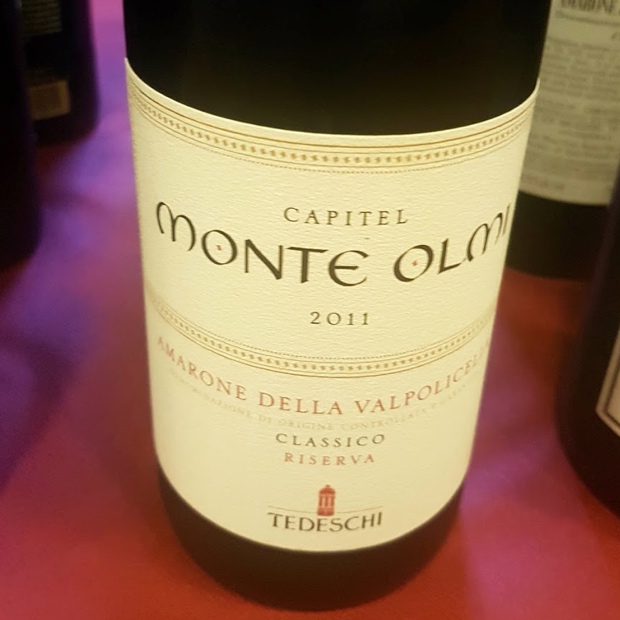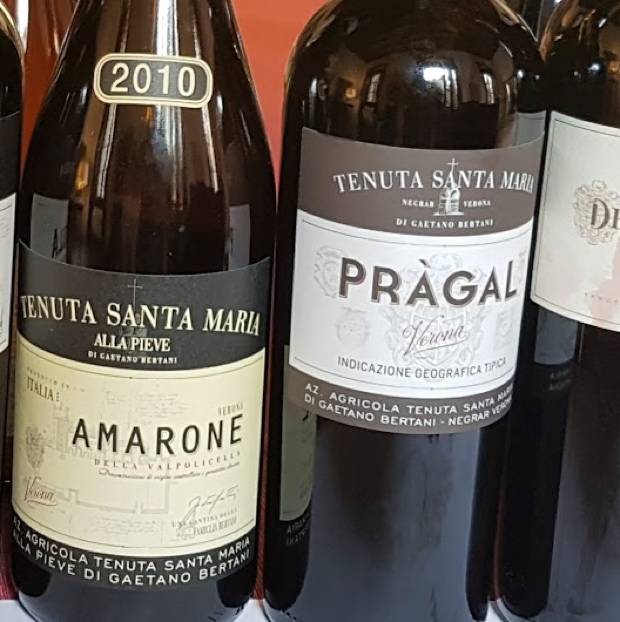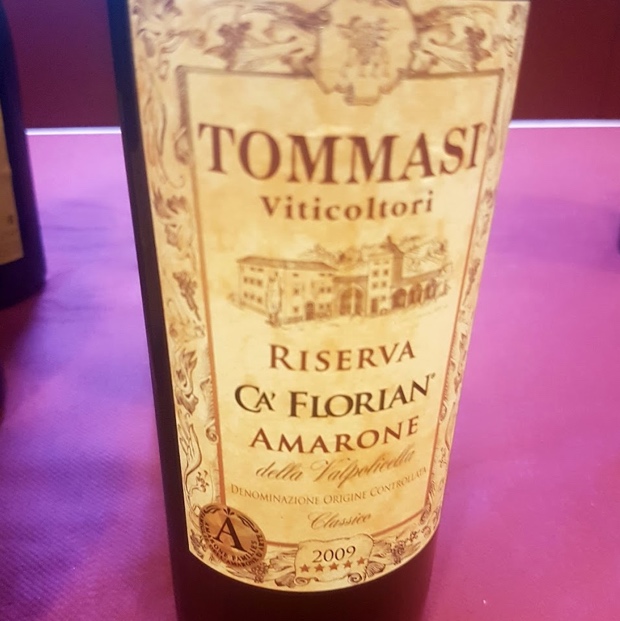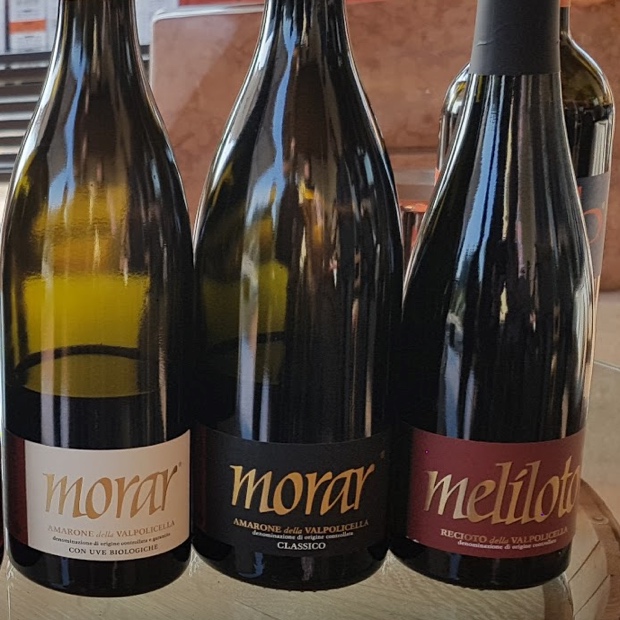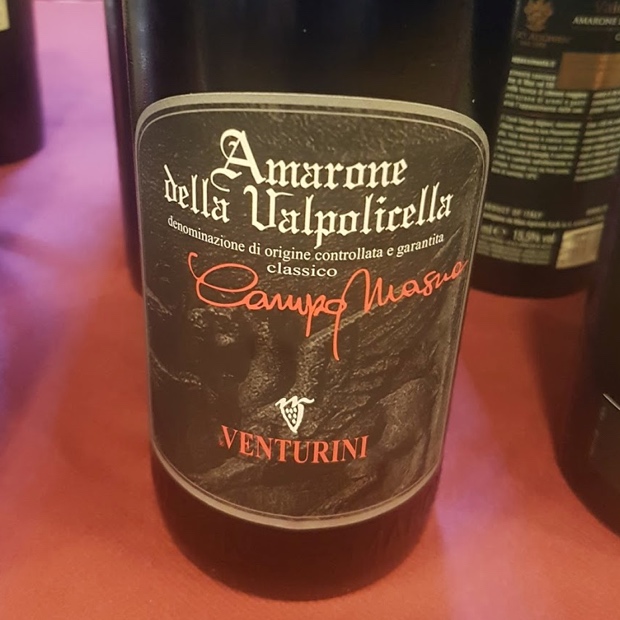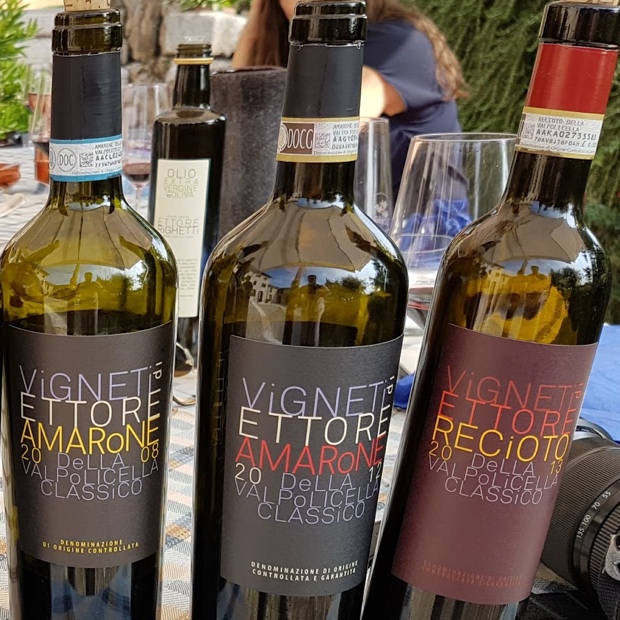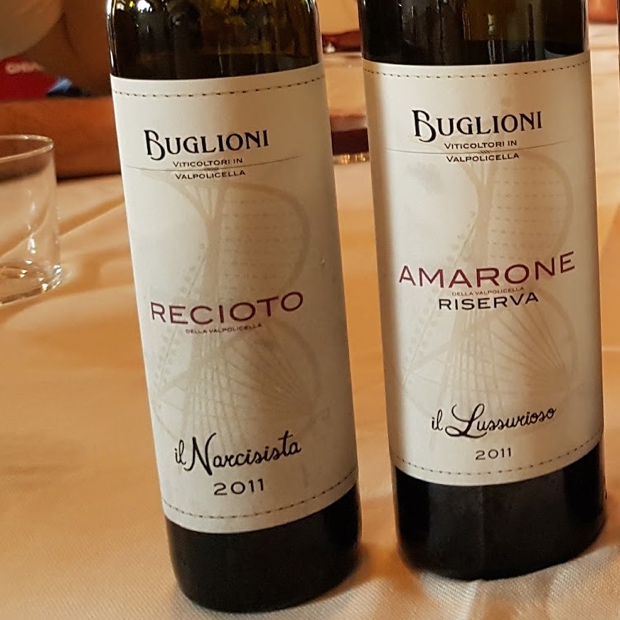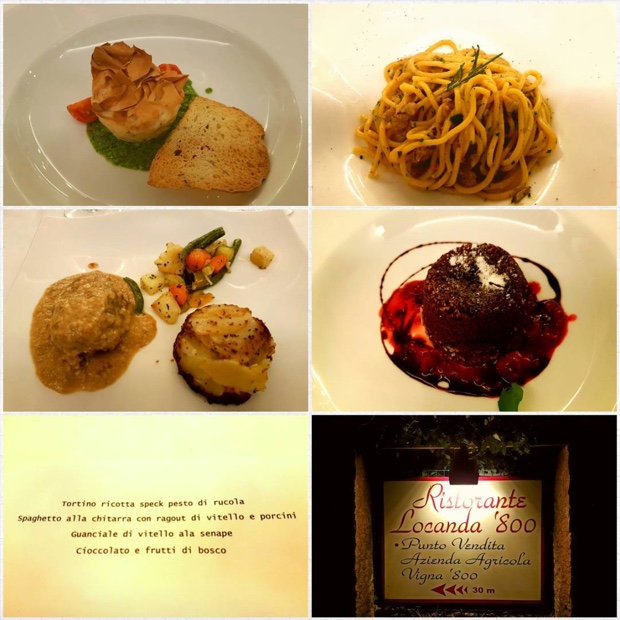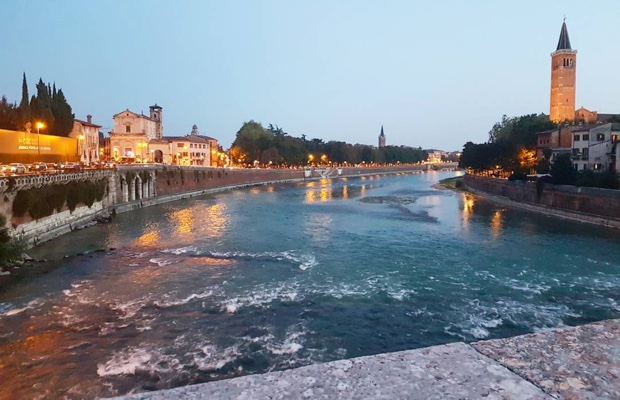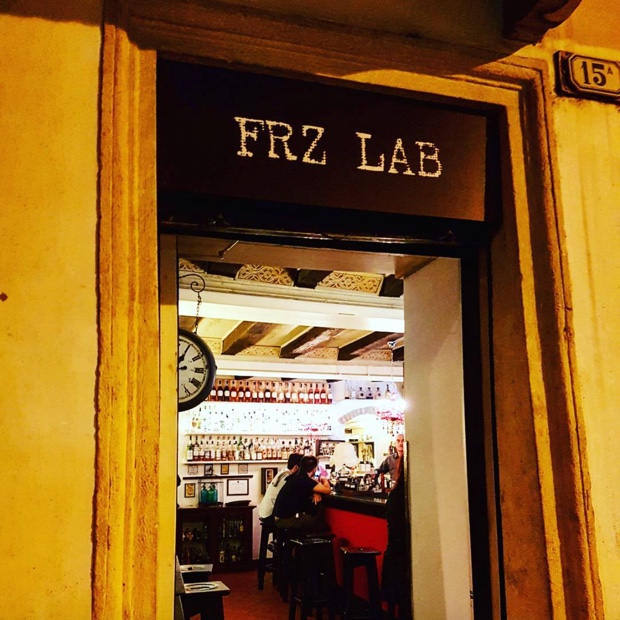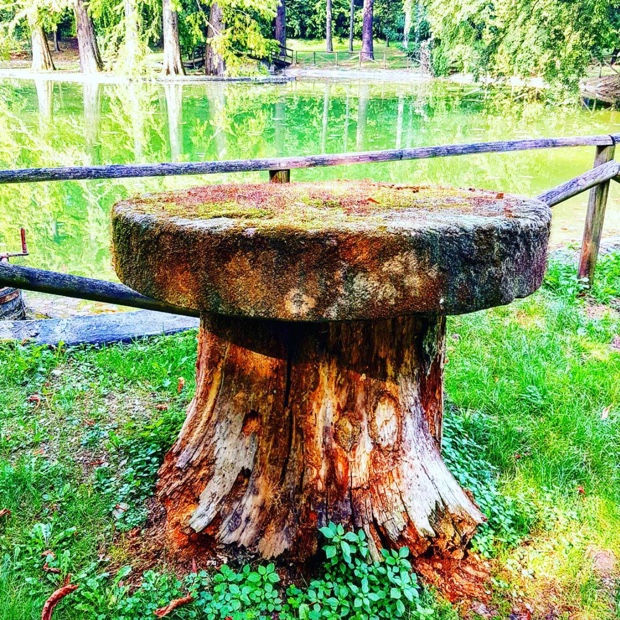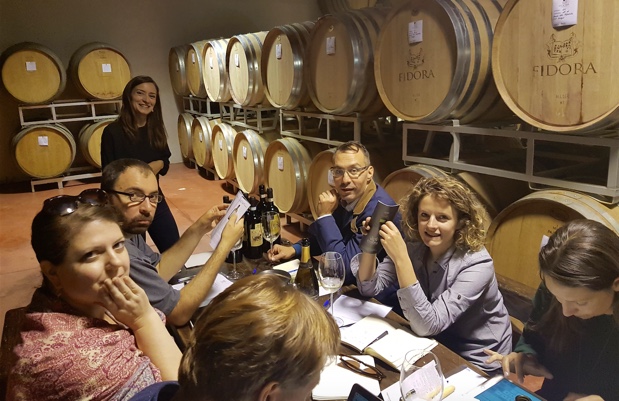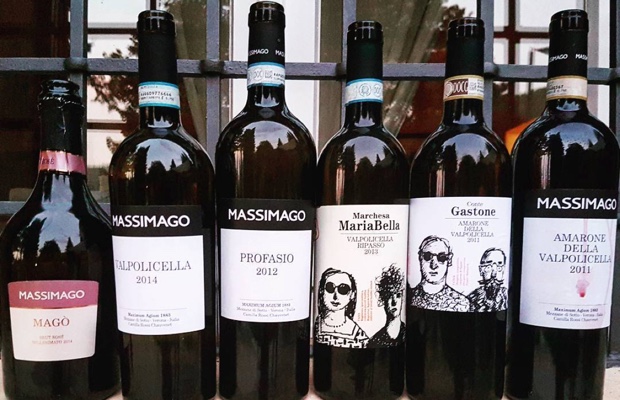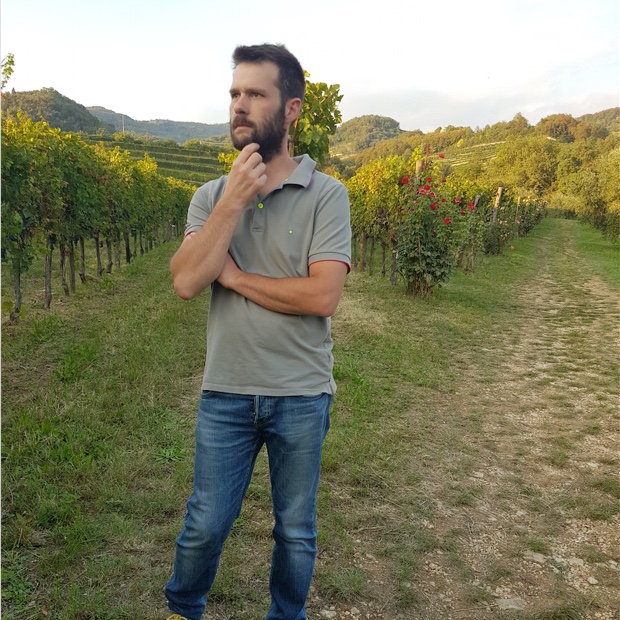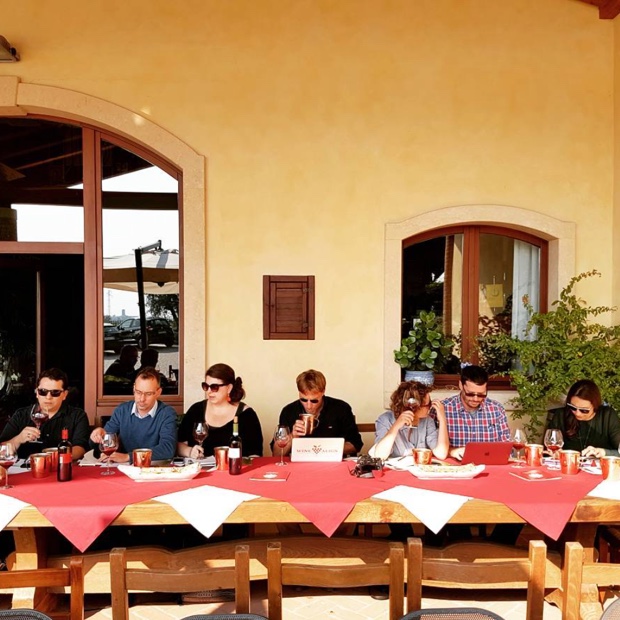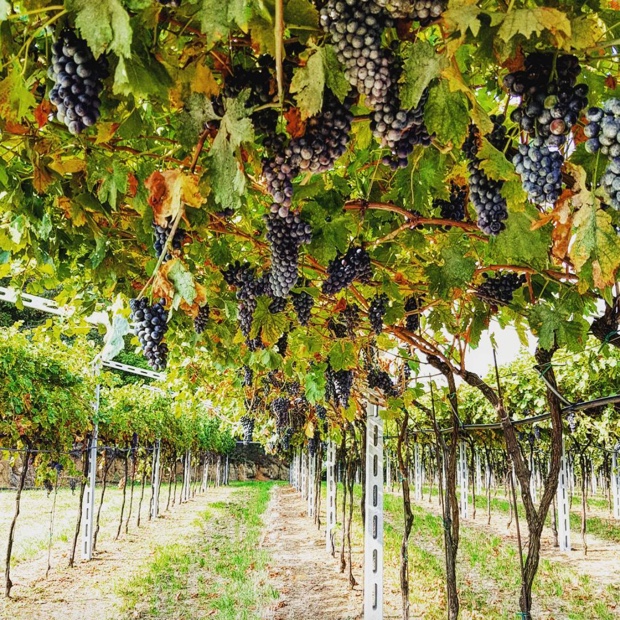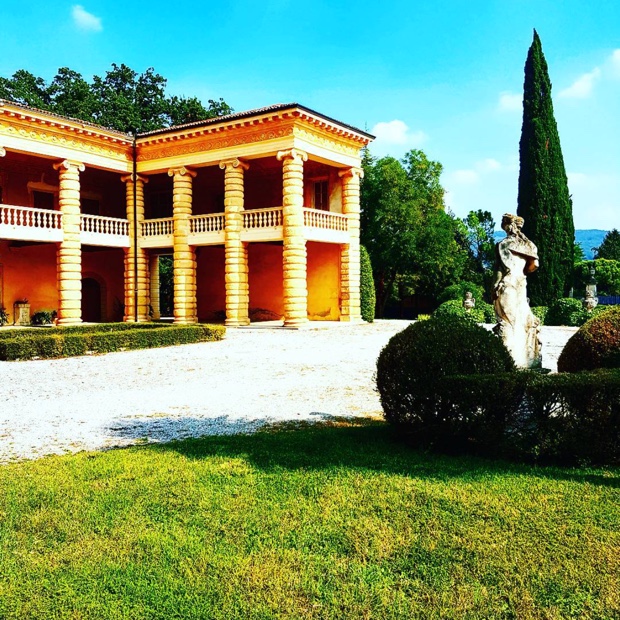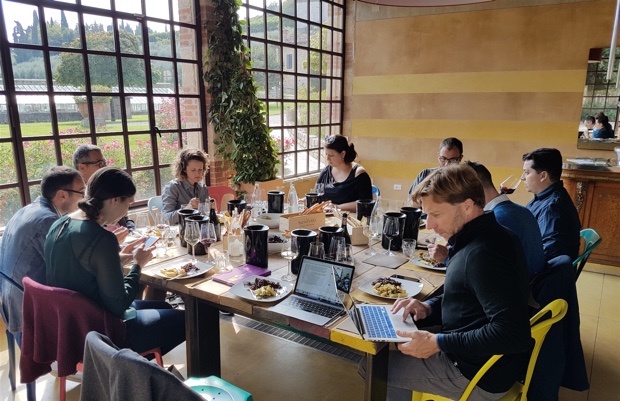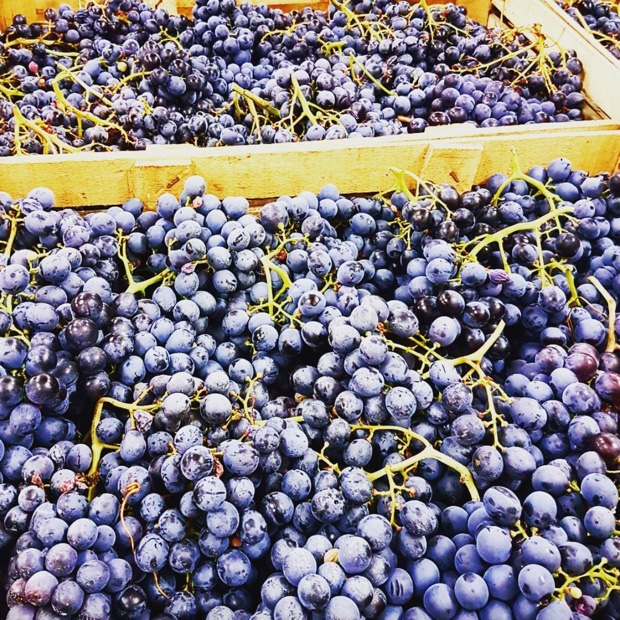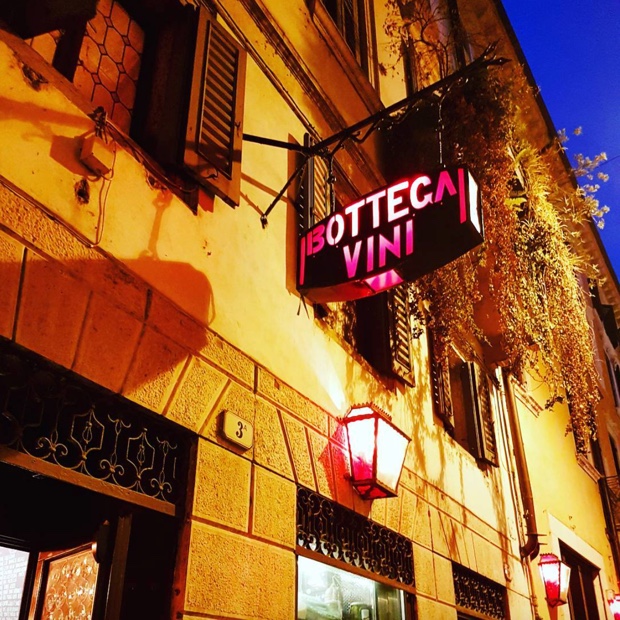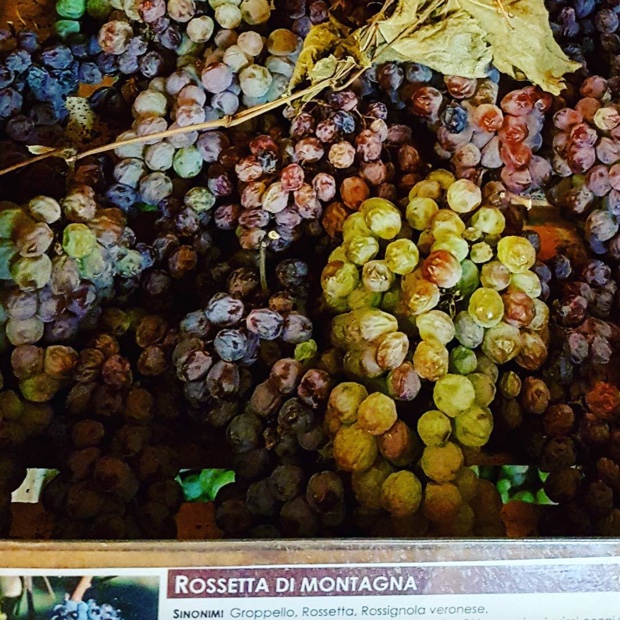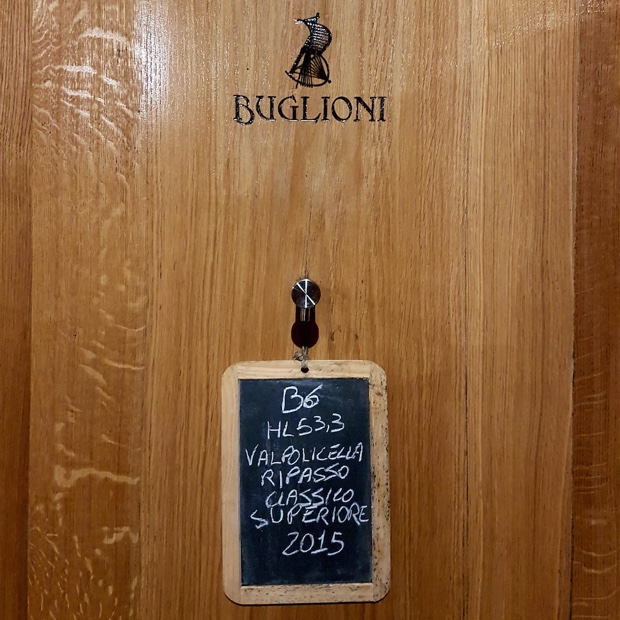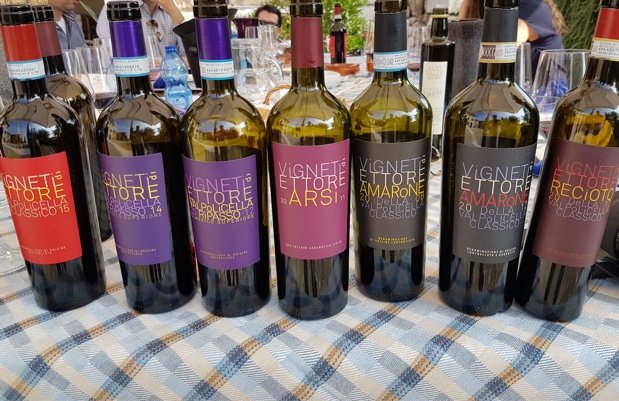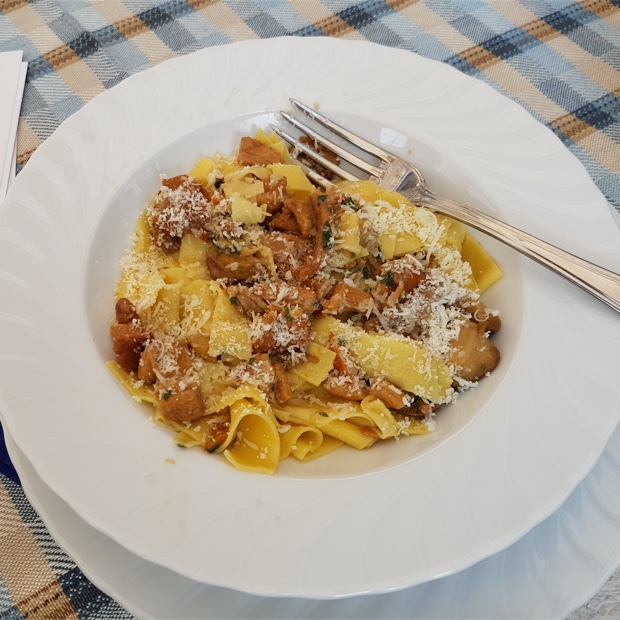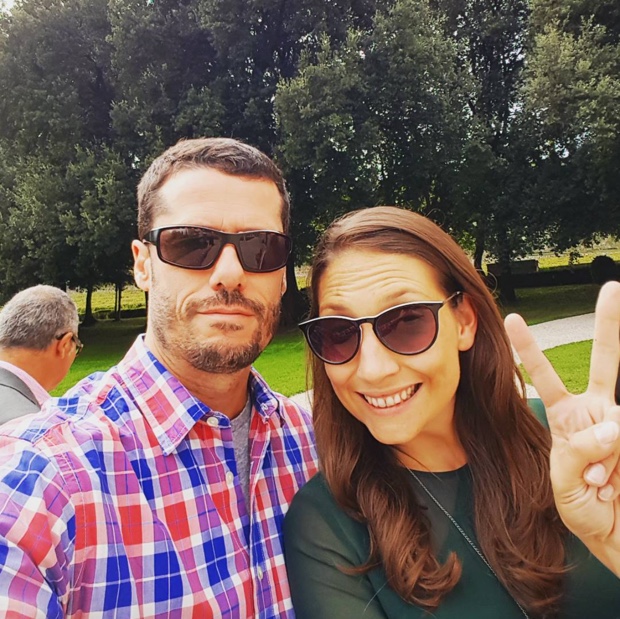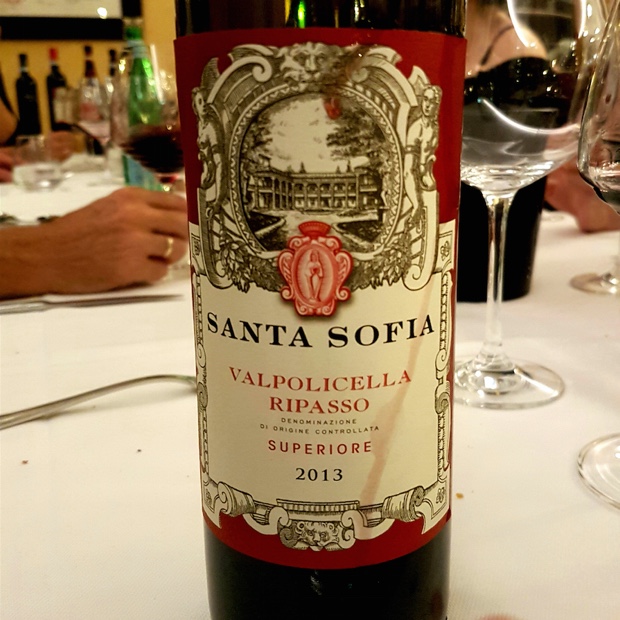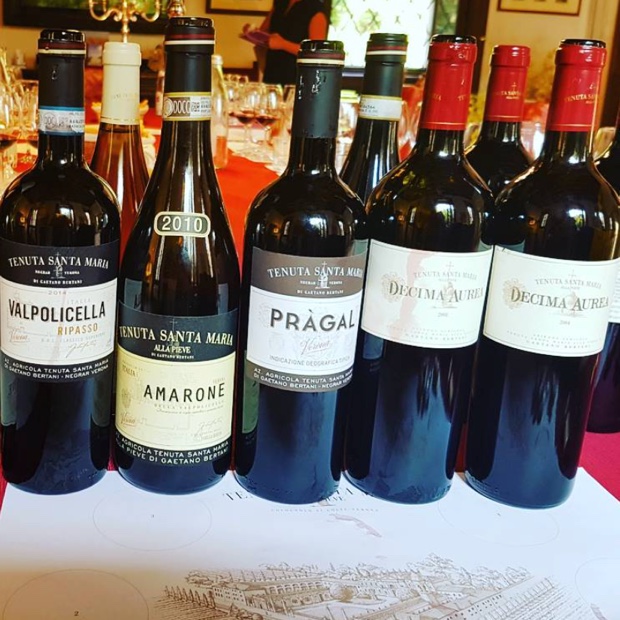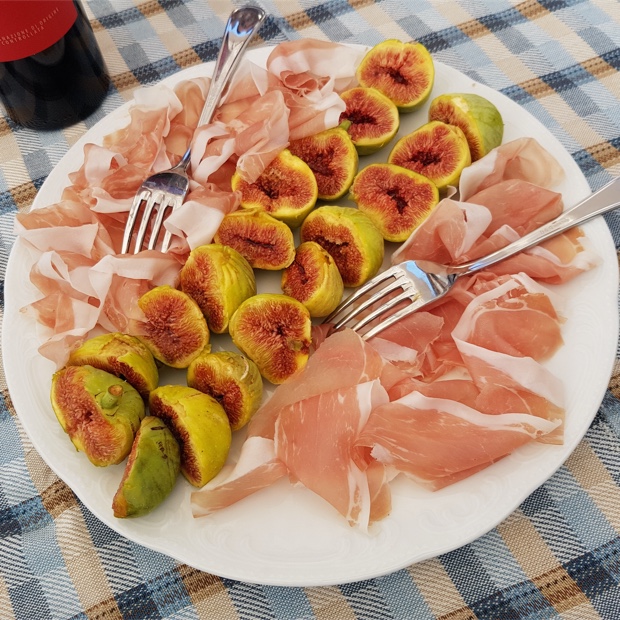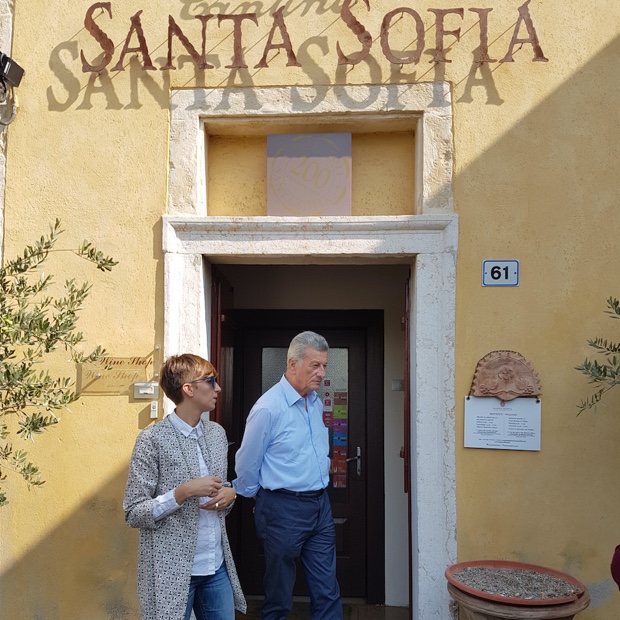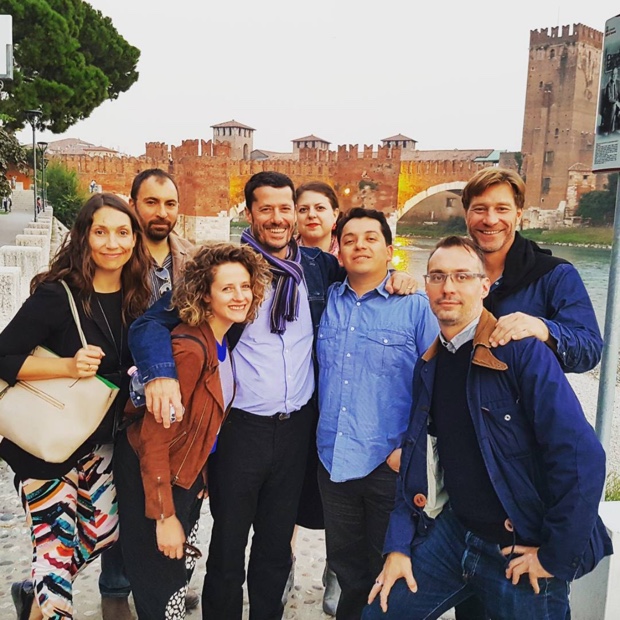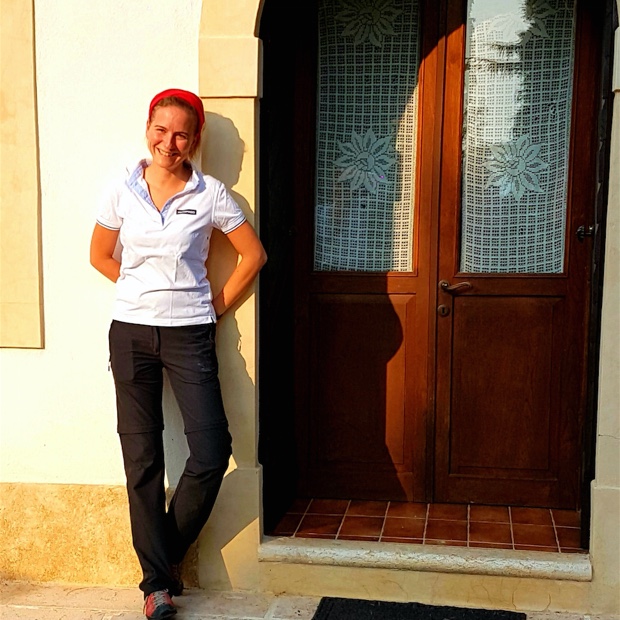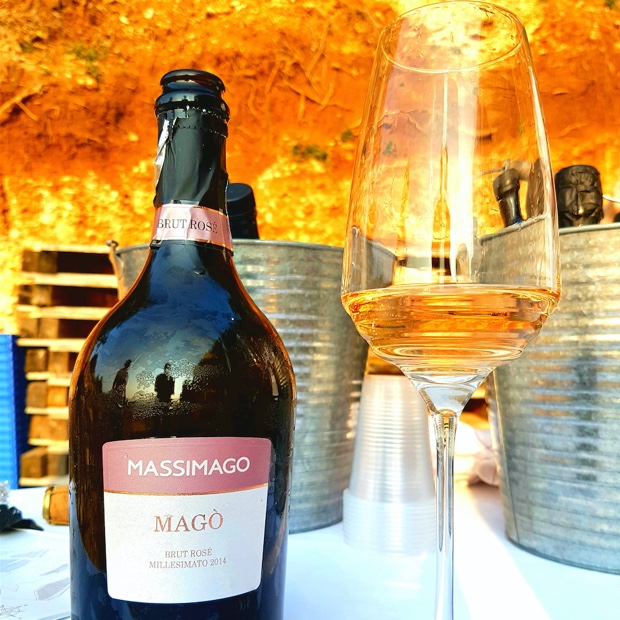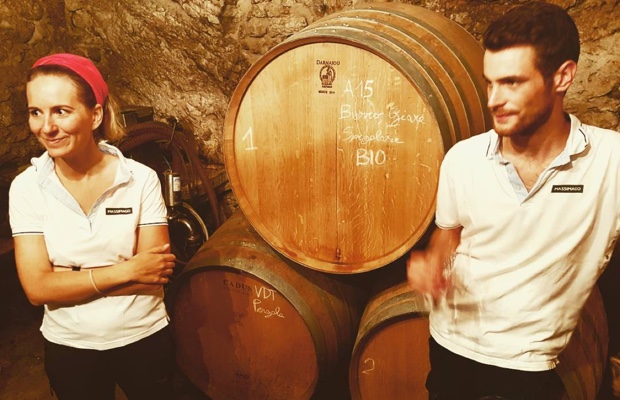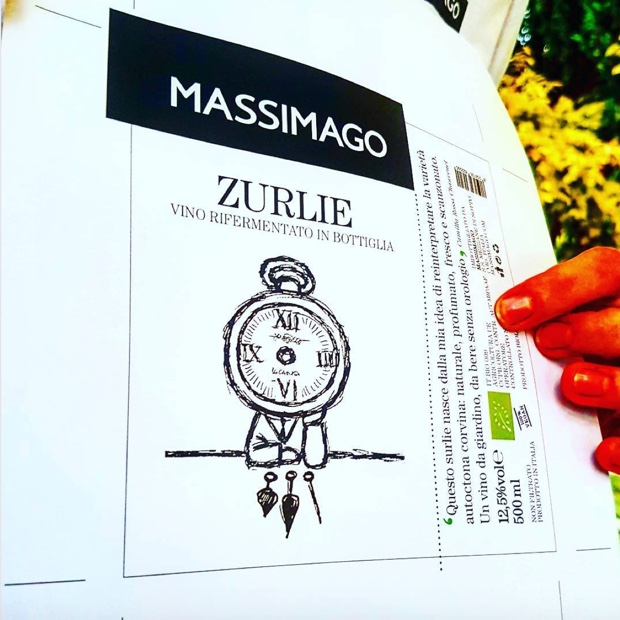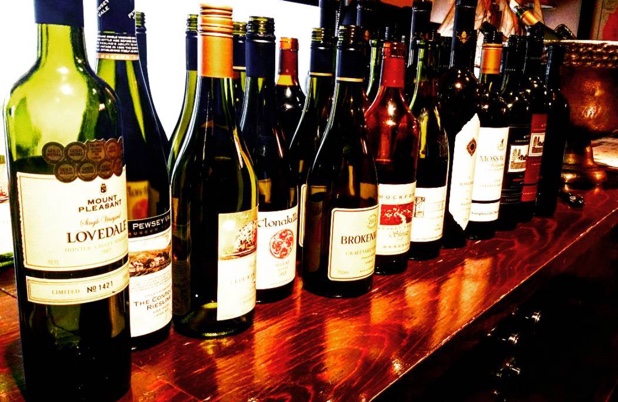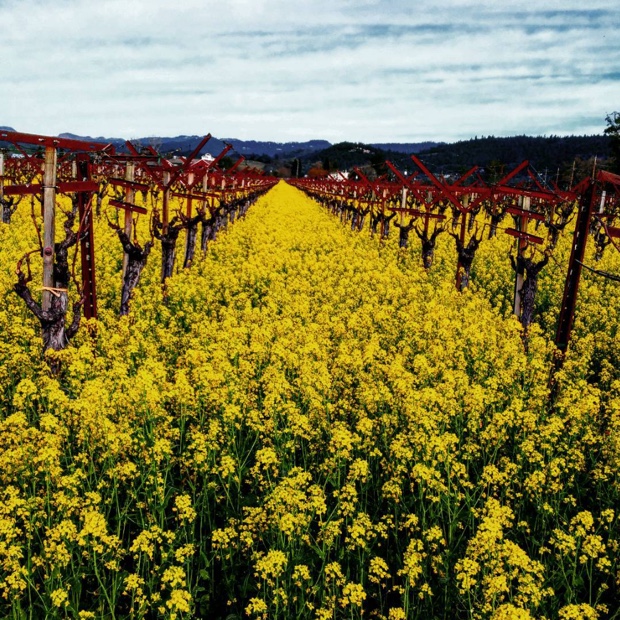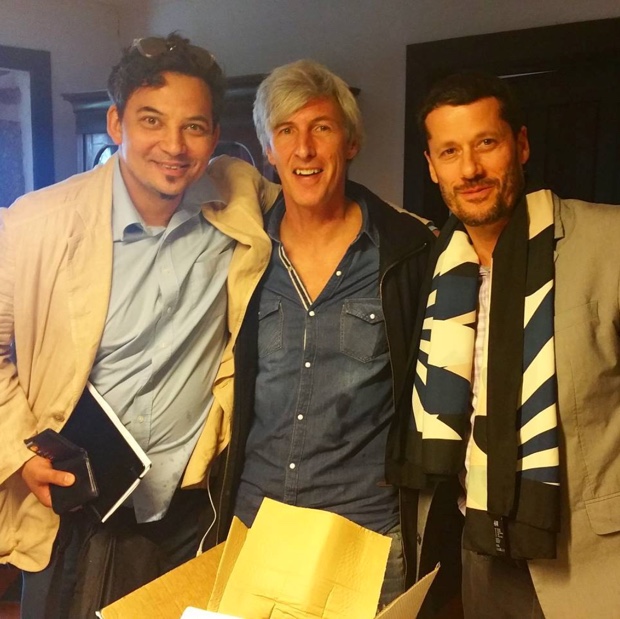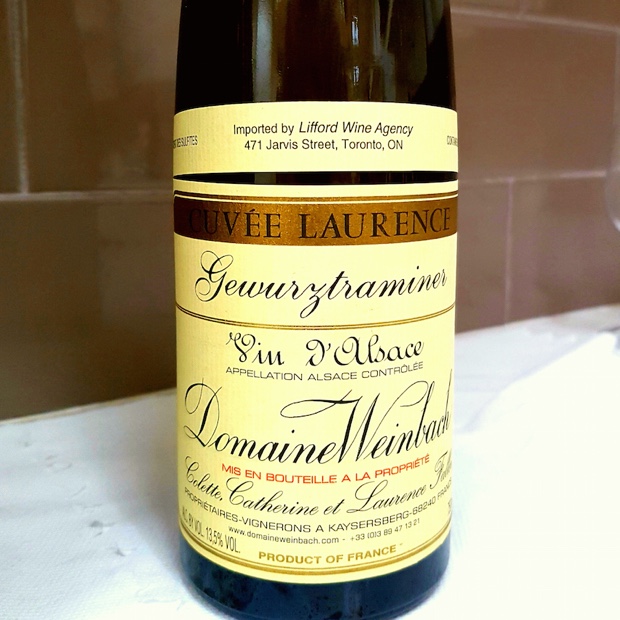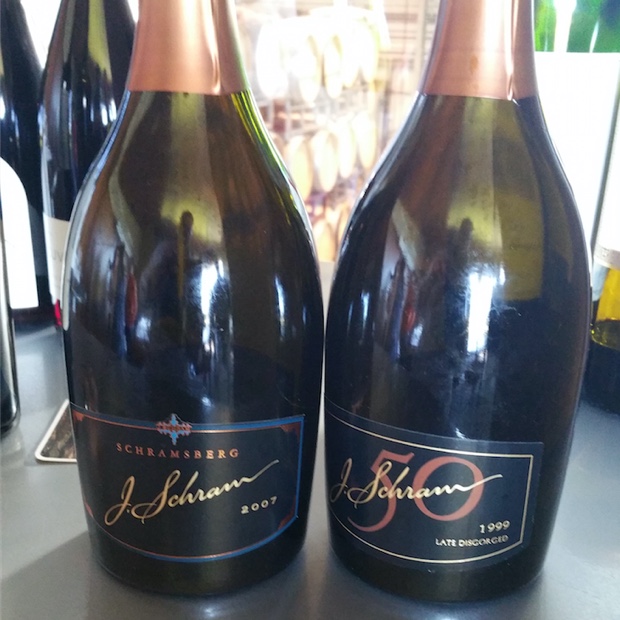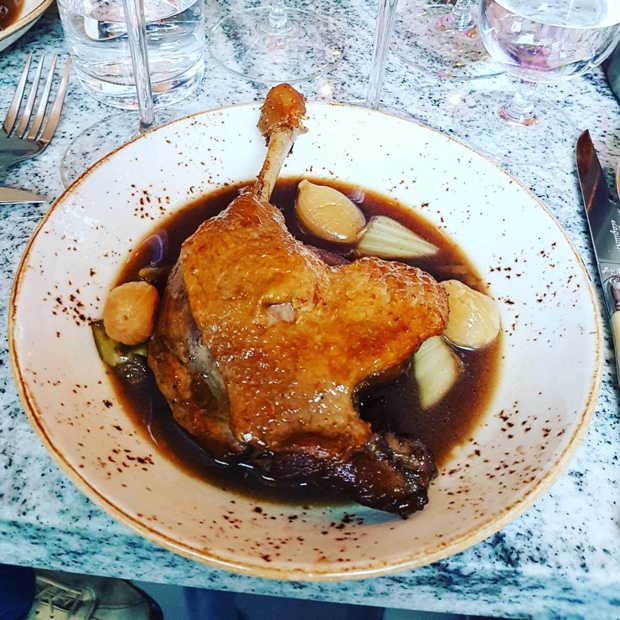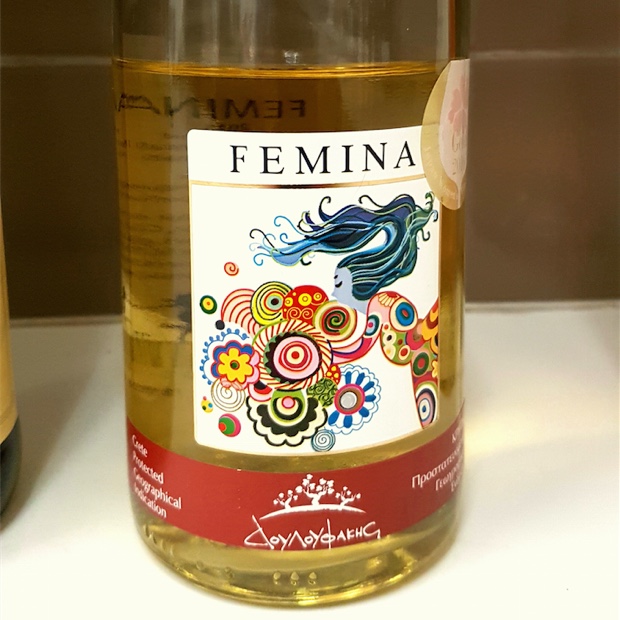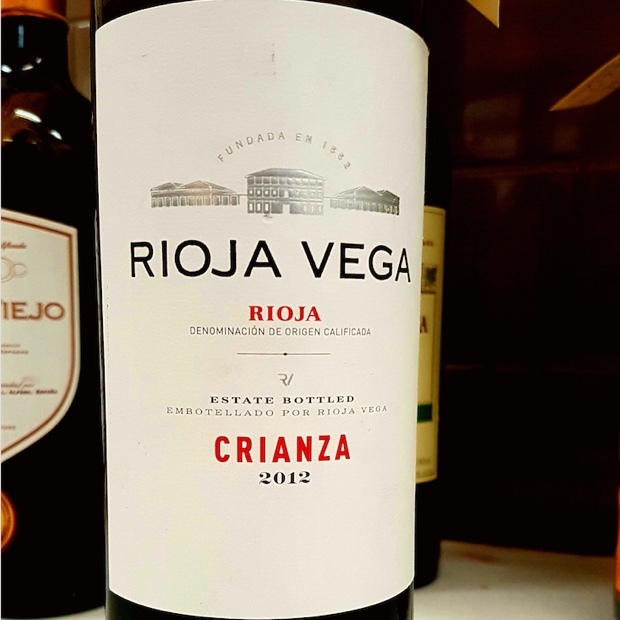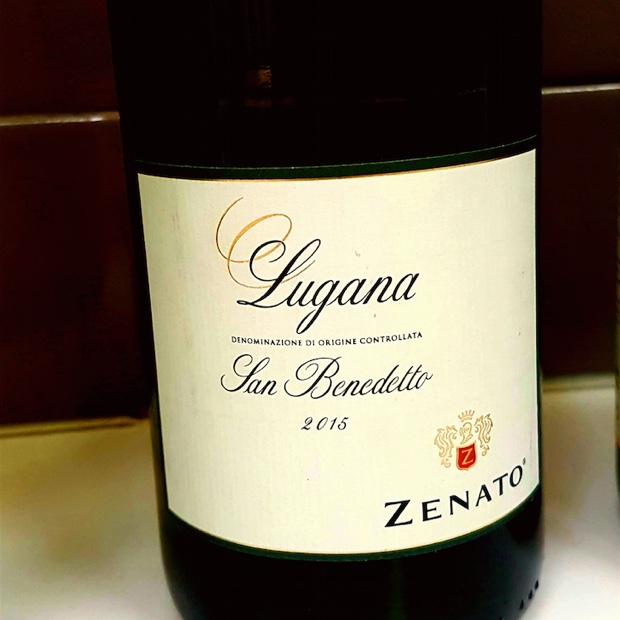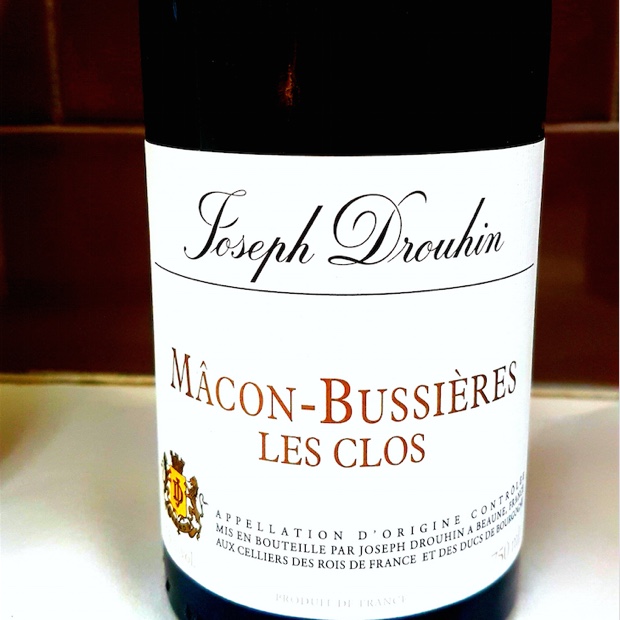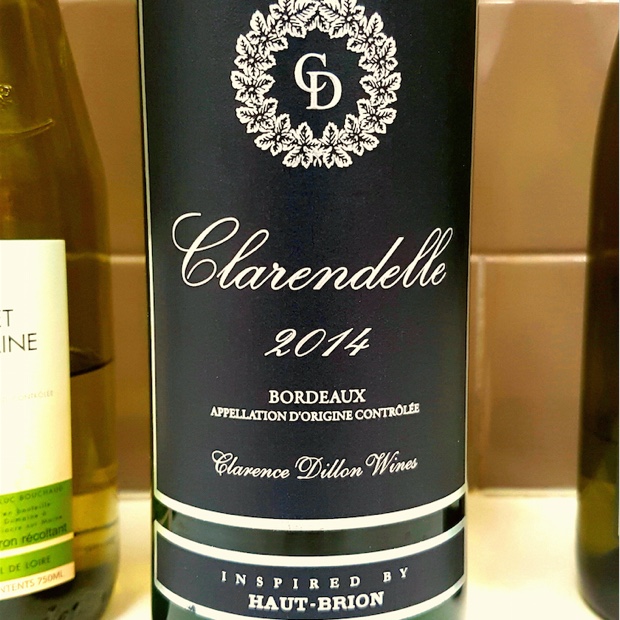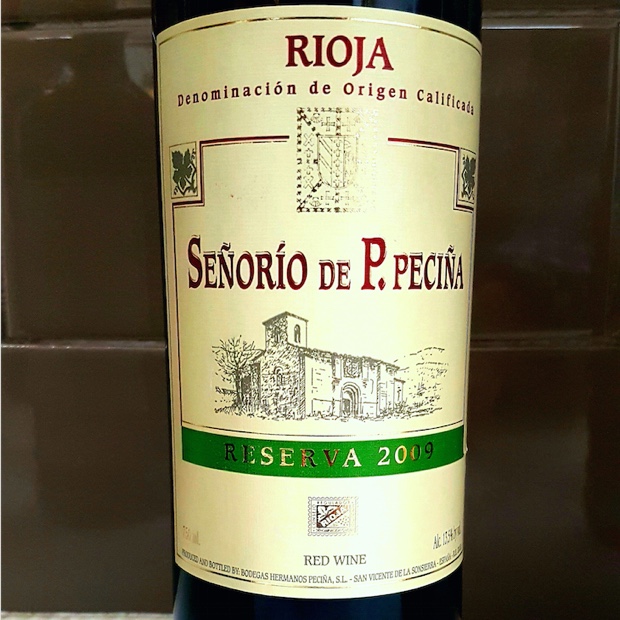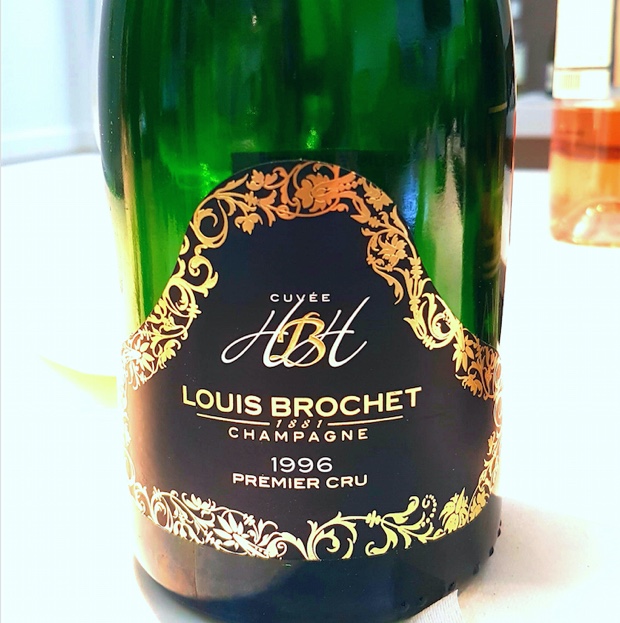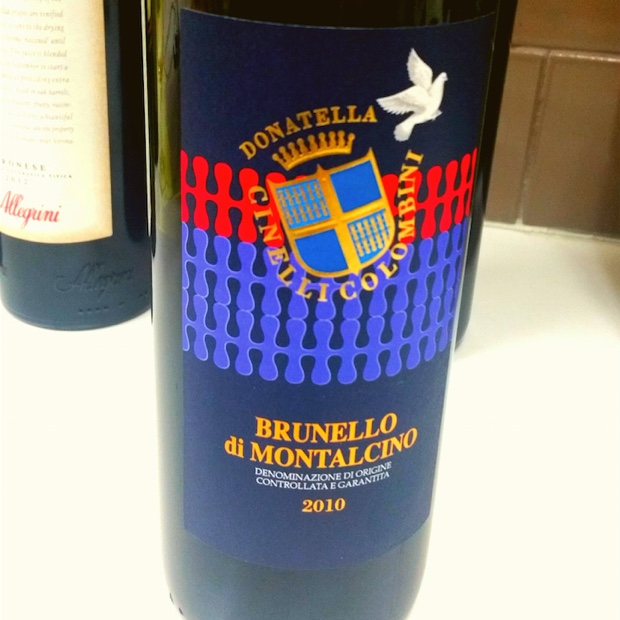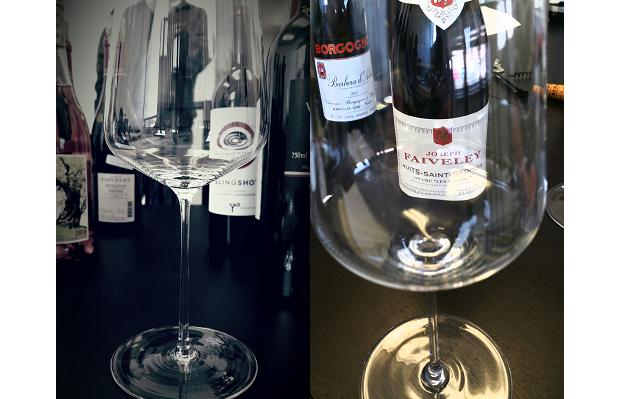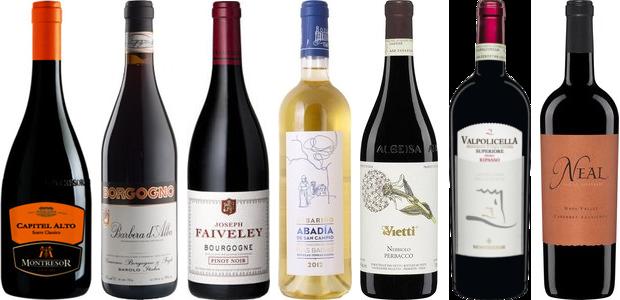Buona Pasqua to everyone in the Veneto, Verona and as the title of this article indicates, a very Happy Easter to our friends and producers in Valpolicella. My last visit to the area was in October 2018 for a sidestep away from a Lake Garda focused journey west of the Adige River. Two years earlier I spent a September 2016 week in Verona and the Valpolicella Valleys. After that trip I published all my notes on the DOCs; Valpolicella (inclusive of Classico and Superiore) and Valpolicella Ripasso. The fact of the matter is on that week-long tasting through corvina, corvinone, rondinella, molinara, croetine and oseleta I also sipped, swirled and assessed a number of Amarone della Valpolicella DOCG and Recioto della Valpolicella DOCG. In between those two Veronese excursions there was a July 2017 Collisioni experience in Piemonte and during that festival a Progetto Vino Masterclass showed and poured the wines of eight Famiglie dell’Amarone producers. It just seems every trip to northern Italy must include Amarone.
Related – Valpolicella, Ripasso Valpolicella
Those collective tasting notes never made it to print, that is until now. Following those 2016, 2017 and 2018 voyages to northern Italian regions I published a host of articles and many notes, but as with every immensely immersive media trip there is always unfinished business. Each and every travel return to Canada requires the day to day of real world work detail; tasting through VINTAGES releases, consignment, private order and potential to market wines, followed by editing and publishing those reviews; restaurant buying and staff education too; most gratifying is wine education, sharing regional wine experiences and gained knowledge with sommeliers, other journalists and peers. The rigours of home and work life don’t always allow for every travel stone to be unturned.
Related – Barbera d’Asti Del Monferrato E Nizza Monferrato
What can be attacked by retrospective means are notebooks scribbled by design and computer folders layered, pages and files filled with thoughts left to await their eventual fruition, temporarily resigned to the arena of “the never too late.” This kind of post on Godello always comes accompanied by a huge sense of gratitude to the regional facilitators, logistical magicians and dozens of producers who share their life’s work, engage in conversation and give so generously of their time. These are the 50 wines tasted three, four and five years ago. Forty one Amarone and nine Recioto surveyed, evaluated, admired and yet consigned in those times, resigned to drafts, now unburdened, released and published.
Amarone della Valpolicella DOCG
Bertani Amarone Della Valpolicella Classico DOCG 2013
“You can like it or not but this is what Bertani Amarone Classico is supposed to be,” the words of host Michaela at the historic estate founded in 1857. The first vintage was 1959. Made the same way today. “This is a medication wine,” no sorry, “meditation.” Again, points are credited for the lack of jam, the shortness of breath and the heavy shaken oak restraint. But once again the charm needs to be coaxed. There is undeniable structure to look decades forward and to read the tea leaves for its past. Perhaps a virtual walk through a forest will ensue. Perhaps. Drink 2019-2029. Tasted September 2016
Bertani Amarone Della Valpolicella Valpantena DOCG 2013
A 30 day drying period instead of 50, quite short for the region. Aged in Slavonian oak barrels, an earlier developing, made to drink with food early in life kind of Amarone. Sour cherry and dark chocolate. Quite young but I can’t see it getting much more interesting than this. Made for a consumer that has never tried an Amarone before and wants a gateway entry. Clocks in at 15.5 per cent, certainly not jammy though you feel the density and the weight. Drink 2016-2020. Tasted September 2016
Brigaldara Amarone Della Valpolicella Classico DOCG Casa Vecie 2011
“At thirty three years old (1986) I came back to the family farm. It was the best decision of my life,” says Stefano Cesari. “I like this business. In my time the problem was the market. Now it is the cost of soil. You need big investment.” More elegance driven into this dusty, dried red fruit Amarone than most, with some frutta di bosco and fragola secco, heat on the nose in a slightly volatile way (or acetic) but plenty of equality abounds. Plenty of fruit and savoury character equals it all out. In Valpolicella west facing vineyards bring stronger wines and in the east more elegance. CCR, (40/40/20). Two years in barriques and two in 25 HL casks. The chocolate comes late. At 16.4 per cent this strikes an accord. Drink 2019-2029. Tasted July 2017
Buglioni Il Lussurioso Amarone Della Valpolicella Classico Riserva DOCG 2011
Alfredo Buglioni’s Riserva 2011 is a case study of 25 per cent in 50 hL barrel in a Valpolicella that bridges the old and the new school of Amarone. It notes less confiture and dried fig, negative reduction, inducement and decreasing hyperbole, from concentration, of facets and tents getting on one page together and of sugar levels. Palates of the Amarone are rarely so alive, sparked and again, as per the thread run through this house, electric. The properties of chalky and tannic will churn this through a ten year development wheel. Drink 2019-2027. Tasted September 2016 and October 2017
Ca’ La Bionda Amarone Della Valpolicella Classico DOCG 2011
The bright, freshest Amarone, light as it can possibly be, with smoky limestone and volcanic influence mixed with clay. If you can’t see the forests (minerals) for the trees (soils) than you won’t get this Amarone. “If I am home I don’t drink Amarone,” says Alessandro Castellani, but you just know he sneaks some sips in the cellar. There is cherry in softly crushed ways and the silky palate with nary a chocolate moment. Just a baby, fleshing quickly so just imagine the feel in another 18 months. Drink 2018-2027. Tasted September 2016
Ca’ La Bionda Amarone Della Valpolicella Classico DOCG Vigneti Di Ravazzòl 2012
A blend of 70 per cent corvina, (20) corvinone and (10) rondinella plus molinara from the renowned stony clay-limestone hill Ravazzòl. The vines average 50-70 years of age and in 2012 the Amarone is a lithe 16 per cent alcohol with necessary and alter-ego balancing acidity. Ca’ La Bionda acidity, singular, arisen from the mineral terroir to rise above most of the Classico territory. A wine that already sets about to linger almost before the first sip is taken, lending credence to the contemplative and meditative Valpolicella ideal. Even when a wine is so powerful it can elicit serenity and calm. Drink 2018-2032. Tasted September 2016
Ca’ La Bionda Amarone Della Valpolicella Classico DOCG Vigneti Di Ravazzòl 2011
Generally speaking the Ravazzòl blend is 70 per cent corvina, (20) corvinone and (10) rondinella plus molinara. The clay-limestone soil is unequivocally the thing that changes the wine and with time the emerge is all about more mineral and spice. Much older vines (minimum 50 years old) bring about an increased richness but also a more lifted brightness. “This is my idea of Amarone, traditional but unusual,” tells Alessandro Castellani. “We’ve invented nothing.” Sapidity, acidity, supple peppery schisty-like, syrah-esque spice. Again a bite but no scathe. “It’s difficult to make an Amarone that is powerful with drinkability. You need a good terroir.” Drink 2019-2029. Tasted September 2016
Ca’ La Bionda Amarone Della Valpolicella Classico DOC Vigneti Di Ravazzòl 2008
Just bottled one month ago after eight years in wood (Botti Grandi) so despite the age its just a baby. The wood is still quite up front. Here the most floral though the palate is thick and compressed, spice of course, as in all the wines but somehow there is evidence of what you have come to expect, despite the youth. The confusion and the conundrum align to cause your brain to say “too young to really know anything.” This is the beauty of complexity in Alessandro Castellani’s Amarone, specifically from the clay-limestone hill that is Ravazzòl. Drink 2020-2030. Tasted September 2016
Ca’ La Bionda Amarone Della Valpolicella Classico DOC Vigneti Di Ravazzòl 2004
Opened two hours earlier, a cool vintage slowly fast-forwarded to today’s elegance. Is it mature? Of sorts as it carries the soil in its blood and whiffs like it was intended to be though I personally find it extreme youthful. A slight (as it used to be) sweetness (6 g/L of RS) and there is tobacco smouldering in a cedar box. Still not quite opening yet, spending an hour with it (or more) would be ideal. Undefined red citrus, exotica, florals, finesse, balance and elegance. Though it may have once been or at least acted-seemed greener, it has made it to this pretty stage. An integrated beauty. Drink 2016-2026. Tasted September 2016
Ca’Rugate Amarone Della Valpolicella DOCG 2013
Sees 32 months in barrel, of course there is richness and some very bright fruit but what is remarkable is the transparency, the claret consistency and the relative thin (and thankfully so) veneer. Finding this quite mineral, full of soil tang and with the barrel program here all new it’s quite an impossibility. As in Ca’Rugate’s whites, the barrel adds spice and some smoulder, not thick, glycerin and caky texture. This is Amarone you can drink, even if it’s a bit of smoke and mirror talk but it’s really done in the right way and for all the right reasons. At 16 per cent it fools with great acumen. Same vintage twice and yes, truly consistent. Drink 2017-2025. Tasted September 2016
Cantina Di Negrar Amarone Della Valpolicella Classico DOCG 2013
A massive mouthful of Amarone with more varieties of chocolate than thought possible confined to one sweet and savoury bottle. Rich, extracted, caky and oozing with that aforementioned chocolate swirling in the machine, lathered like warm ganache and oozing out of a flourless torte’s every pore. Everything you might expect from Amarone in the developing Valpolicella world. Drink 2019-2025. Tasted September 2016
Cantine Negrar Domini Veneti Amarone Della Valpolicella Classico Superiore DOCG Verjago 2011
From grapes dried between five and six weeks, here the octane runs high, the sugars fully developed for a warm and generous Amarone. The spice cupboard is joined by tobacco and plenty of sweet Amaro bitters, with dusty espresso and a minimum 76 per cent chocolate all over the finish, still with massive tannin. A huge expression with an RS between seven and eight g/L. Drink 2018-2023. Tasted September 2016
Cantine Negrar Domini Veneti Amarone Della Valpolicella Classico DOCG Vigneti Di Jago 2010
Now here, in my opinion, from a most excellent vintage, with more red fruit and less obvious splintering the freshness persists and the charm continues to draw emotive consideration. The impression brings some soil/terroir gifting, with aromas that suggest multi-stone (limestone and basalt) and freshness from clay. Though the sweetness seems elevated (an RS of 12 or more?) at least the red fruit, citrus expressed and thriving acidity is a match to the Amarone thing. Though massive again, with raging tannin, there is more honesty in this wine. Drink 2016-2022. Tasted September 2016
Famiglia Pasqua Amarone Della Valpolicella Classico DOCG Villa Borghetti 2012
Comes in at 15 per cent, produced in Marano della Valpolicella, the drying process lasts up to four months (depending on the dates of harvest) for a 30-40 per cent loss of moisture into grape and sugars concentration. Sees 12 months in French barriques, is a fresher style of Amaraone, with quality red fruit but the flavours are directed by formula, cloyingly medicinal and acidified tart. Admittedly with its spice and its sweetness it loves the cheese and the dried fruit. Drink 2016-2019. Tasted September 2016
Famiglia Pasqua Amarone Della Valpolicella Classico DOCG Mai Dire Mai 2010
Joint ventures between two families, a whopping 16.5 per cent, from corvina (65 per cent), corvinone (15), rondinella (10) and oseleta (10). The work of never say never, single-vineyard (Vignetti Montevegro val d’Illasi), up to four months appassimento, 44 days fermentation, mostly in new barriques for 24 months. The wood occupies the central square in the city centre, taking up residence with what seems to be exceptional fruit though its suppression hides what it might want to offer. Mocha chocolate big time, heat of the night and so much spice. Chalky clay dense and weighty. Intense Amarone. Cherries seeping in spirit water, over the top but for the right reasons where many would follow. Drink 2018-2022. Tasted September 2016
Fidora Amarone Della Valpolicella Classico DOCG Monte Tabor 2010
A massive mouthful of Amarone with a boozy effect to make it seem as though it is quite sweet when in fact it’s an Amarone of extreme relative acidity. The RS level is oddly, curiously and impossibly low at 2.0 g/L with balancing thanks to massive dry extract and fierce, competitive and autocratic tannins. Not to mention 36-42 months in barrel that may as well have been 48, or more. Where else have you ever tasted such a thing? Needs a few to many more years to find its way. Drink 2020-2032. Tasted September 2016
Masi Serego Alighieri Amarone Della Valpolicella Classico Vaio Armaron 2011
The descendants of San Pietro. Single Vineyard from the Serego Alighieri Estate, 70 corvina, 20 rondinella and 10 molinara, only in the best vintages. Use of cherry wood, brings more oxidation, but it’s only employed for four months. 15.5, illusion of sweetness, 6-7 g/L RS. Last tasted July 2017
The Vaio Amaron is both highly polished and heavily composed Amarone with history, tradition and the way it has always been exuding out of every appassimento pore. Sourced from the eponymous vineyard which lays claim “it seems” to the name itself, this is Masi’s most iconic Amarone. The not quite reached prime time fig-centric red to black fruit is bright and alive but do not be fooled. The depths of plum and marly earth are plumbed, mined and excavated for full bore corvina, rondinella and molinara heavy exercize. From what I have come to recognize as a most excellent Amarone vintage (even though it is way too young to even begin to appreciate) you had better pull out the Monte Veronese for this dangerous and formidable Veneto. Drink 2019-2034. Tasted September 2016
Nicolis Amarone Della Valpolicella Classico DOCG 2010
A blend of 65 corvina, 20 rondinella, 10 croatina and 5 molinara with a bit of SO2 that needs air to release. The reduction is consistent with the fresher Valpolicellas. Old school, deep red fruit, really fleshy, more than the price is drinkable, this has so much in common with similarly weighted reds, like sonoma cabernet sauvignon, Chianti classico Gran Selezione and Rhône Gigondas. Interesting comparisons aside (and stylistically they are valid) this is a rich, concentrated, high glycerin Amarone with a warm, sweet finish. Orange fleshy, summer patio melon liqueur cocktail. Very consumer friendly for a Keg Steakhouse red. Drink 2016-2021. Tasted September 2016
Nicolis Amarone Della Valpolicella DOC Ambrosan 2008
Tallying in at 16 per cent alcohol which is par for the Amarone course and a number completely normal for the 2008 vintage. While it may be a bruiser it has barely walked out of its toddler shoes and is indeed a corvina blend of deepest intent. The eight year mark is where the layering begins to unfold and a glimpse variegates right here in this glass. A thick one, with a naturally funky porcine cure, humid and ideal for slices of ham in all iterations. Also perfect for the cuisine of Chef Diego Donatelli at Locanda 800 in Negrar. Drink 2018-2029. Tasted September 2016
Nicolis Amarone Della Valpolicella DOC Ambrosan 2007
Single vineyard, current vintage available, sold in the LCBO, 70 corvina, 20 rondinella, 10 croatina, first made in 1990 (the normale was first made in 1978). This combines the rich extraction and big barrel impart of the Ripasso into a fortified, layered and deeply compressed Amarone. Sweetness seems magnified. The bretty voltility is part of the party. A mix of sweet, saline and savoury, not yet umami and still so young because it’s thick and taut. Will be late in 2017 before anything changes. Drink 2018-2028. Tasted September 2016
Novaia Amarone Della Valpolicella Classico DOCG Le Balze 2011
Bottled in March and will likely be released in December. Single-vineyard aged three years in (some new and mostly old) barrels. Vines were planted in 1996, so now just entering right into the proverbial wheelhouse of exceptionality. It will have up to another 10 years or so before those vines will likely succumb to the Mal d’este wood disease. Richer, softer, gentle and amenable especially to taste, but that acidity, power and tannin does not relent. The aging adds to the density, the clay in this vineyard adds to the power and all tolled this is bigger and with more layered brawn than the Corte Vaona. Two different slices of Amarone pie. This one with a big chocolate espresso finale. Drink 2019-2028. Tasted September 2016
Salvaterra Amarone Della Valpolicella Classico DOC 2009
Plenty of oak, including American, on the nose with the gamut run in kernel, nut and smoke. With Monte Veronese cheese aged 18 and 24 months the savoury and herbal aspects are foiled with reigned in agreement. This is modernity to the extreme, like some equally forged or a cross between Gran Selezione and Barolo, firm, concentrated but not shaken. Still quite youthful. Drink 2017-2027. Tasted September 2016
Salvaterra Amarone Della Valpolicella Classico DOC 2007
Seems typical of the vintage, softer, rich and quite getable though there is heat and the aromatics of distraction; menthol, clove, vanilla, lavender, fennel and even cola. How this reminds me of high octane California pinot noir I’m not sure but it does. So thoroughly modern but without the same structure of 2009 and certainly not 2008, if that were tasted here as well. Drink 2016-2020. Tasted September 2016
Santa Sofia Amarone Della Valpolicella Classico DOCG 2011
A representative of a best vintage, a specific vineyard and the addition of molinara (five per cent), stabilizer and a grape that has been ripped out to be omitted from the other wines. Quite remarkably perfumed with florals (roses and violets) that Amarone just does not often have. Except here it is, fresh and potpourri and then a mouthfeel that goes to velvet despite the dangerously intense acidity. The finish is dusted with espresso and shaved by bittersweet chocolate. Not as drinkable, with more structure and outright hedonism. Will live in infamy. Drink 2018-2033. Tasted September 2016
Sartori Amarone Della Valpolicella DOCG 2012
The blend is 50 per cent corvina, (30) corvinone, (15) rondinella and (5) cabernet sauvignon. Comes in at 15 per cent abv, after a hot summer, four months drying process, raisin and plum with a baked fruit character. Fleshy and nearly though not entirely severe. Steeped tea of a few varieties, some forest floor, deep and brooding tannins. Sage and balsamic. Would not wait any longer. This should be consumed early. Drink 2016-2019. Tasted September 2016
Sartori Amarone Della Valpolicella DOC I Saltari 2009
Old vines (some more than 40, average age of 20), low yields (1.5 tonnes per hectare), again quite secondary, almost into prune but certainly of a fig character. Though this wine and the Corte Bra have developed quite quickly their body and disposition are left off in the middle, leaning away from the overs of extraction, over-pressing and over oaking. You may not accuse the Sartori wines of over oaking. They are made with some restraint, against the rising norm, but they do brood with dark as night character. Drink 2016-2022. Tasted September 2016
Sergio Zenato Amarone Della Valpolicella DOCG 2010
Founded in 1960, village near Lago Garda on the east side. Village of Santa Moggio, where the Valoplicella estate is located. Father was Sergio, now with sister and mother. CCR 60-20-20 plus oselata and croetine grown at 300masl, red clay with stones, difficult to retain water so irrigation is used. This is the dried fig and chocolate bomb, with soy, balsamic and five spice. So Mediterranean savoury, thick and shaken. Lots of French vanilla feel with 300L French tonneaux and 500L, plus 300L and 5000L French and Slavonian oak casks. This may never, ever fully integrate. It’s the thickest milkshake you will ever find. It’s a mess at this time and 17 per cent so wait 10 more years for it to get interesting. Drink 2027-2042. Tasted July 2017
Speri Vigneto Amarone Della Valpolicella Classico DOCG Monte Sant’Urbano 2012
Family business in Valpolicella. Single-Vineyard, top of the hill in the Fumane Valley. Fume, as in hot, from its volcanic origins, especially for corvina. Soft soils (in texture, yellowish, friable but gets sticky when wet so over cover crops like fescue and clover are employed) and this will translate into the wine. Heavy in corvina (80 per cent) with reasoning because of its affiliation to volcanic soil and because winemaker (of 25 years) Alberto Speri simply thinks it’s the best grape. The grape that finds the most elegance. High percentage of drying (40 per cent), use of big oak, four years. Will go out on a limb and say this will indeed be the most elegant in a line up of eight formidable Amarone. Drink 2019-2032. Tasted July 2017
Stefano Accordini Amarone Della Valpolicella Classico DOCG Acinatico 2013
The latin name of the wine is Acinatico, from ancient Rome, indicating the wines delineated from this place, produced from these specific berries. The vines were planted by grandfather Gaetano and are now up to 85 years old. Quite reductive and so very rushed into market young but this is the normale so perfectly understandable. A whack of tannin is met by acidity in the most rushing wave of red citrus. The wine is so taut and wound that the house style of secondary savoury character hasn’t even become a twinkle in its eye. Chocolate shavings cover everything, they cover everything. The chocolate of Accordini. Drink 2019-2024. Tasted September 2016
Stefano Accordini Amarone Della Valpolicella Classico DOCG Acinatico 2010
Has developed righteously, from a gritty and serious vintage, for which tannin was not at a premium. Plenty of expertly tempered chocolate works the mid-palate and the tart finish with a baker’s glaze. This is heavily wooded Amarone, sweet and custardy, mouth coating and really 90’s. Like Rioja or IGT from the same time period. Drink 2016-2020. Tasted September 2016
Tedeschi Amarone della Valponicella Classico DOCG Monte Olmi 2011
Monte Olmi is a two and a half hectare parcel, southwest in the Classica area, where the winery is located. This archetypal Amarone was first produced in 1964 and is now an 8,000-10,000 bottle per year effort. The mix is classic Tedeschi corvina, corvinone and rondinella, in a one third of each plus minor percentages of oselata and several other endemic varieties (rossignola, negrara, dindarella, croatina and forselina), from the oldest parts of Monte Omi. This is the Amarone to celebrate tradition, keeping history alive and always remembering from where you’ve come. It spent four years in large casks and emerged at 17 per cent alcohol. The ceiling is reached, with balls, brash and no worries but is it balanced? Remarkably it is and also sour-edged, with tannin and the crazy, wild and free spirit of red fruit drawn off of morainic white and yellow limestone. But it will certainly improve and last as long as any. The acidity will see to that, even if the fruit fades. Drink 2021-2035. Tasted July 2017
Tenuta Sant’Antonio Amarone Della Valpolicella DOCG Campo Dei Gigli 2012
Youngish winery, still essentially first generation, started in 1995. Armando Castagnedi is one of four brothers and Paolo is winemaker. They were born and worked in the vineyards but sold to cooperatives before. In the east (not in Classico), Montegarbi. The symbol of the flower of Sant’Antonio. White limestone chalky soil, lime and sand. Corvina (35), corvinone (35), rondinella (25) with croetina and oselata because of their elevation, wind, proximity to the sea with that wind in mind. Three years in tonneaux, not big barrels (young producer compromise). Clean and fruity with a syrupy pool in the middle, welling on the palate. Clocks in at 16 per cent, come out tonight. Drink 2017-2019. Tasted July 2017
Tenuta Santa Maria Amarone Della Valpolicella Classico DOCG 2010
Separated five years ago from the parent (Bertani) winery. Gaetano Bertani is the winemaker with the help of consulting oenologist Franco Bernabei. One 7th the size of the larger Bertani, 380,000 bottles vs. 2.5 million and no one from the family works with them at all. Amarone is corvina, corvinone and rondinella, reductive and young, in need of air and so much more. Plenty of acidity and a rage of tannin. The red fruit capacity is boundless and with all the rage around this whirls like a hurricane. Rocking Amarone, old-school, leathery and dry. Drier than the Ripasso. Fruit leather roll-up. Restrained at 15 per cent alcohol and acts like less. The number is 7.5 g/L RS. Drink 2016-2022. Tasted September 2016
Tommasi Amarone Della Valpolicella Classico Riserva DOC Ca’ Florian 2009
Presented by PierAngelo Tommasi. Founded in 1902, the new generation is 1997, nine “kids” from four fathers. Only since 1990 has this vineyard been dedicated to a single-vineyard wine and since 2010 as a Riserva. “This wine tastes this way because of the vineyard,” says PierAngelo “and not because it is called a Riserva.” CCR, 75-20-5. Fermentation in wooden vats and the aging in 500L (French) tonneaux (in the first year) is a departure (for Tommasi) and the next three are in large Slavonian casks. This is the third vintage for Ca’ Florian and though it is massive, it is not volatile nor is it acetic. At 15.5 per cent and 4 g/L of RS it states the least obvious connotational expectation for the style and goes against its peers. This should be the top vintage of this SV wine, considering the integration, the level of fruit, the texture and the potential for aging. Drink 2019-2032. Tasted June 2017
Valentina Cubi Morar Amarone Della Valpolicella Classico DOCG 2010
Valentina’s estate is now farmed certified organica though some older Amarones were not. From 1963, the estate dates back to the 18th century. At 16.5 it has to be a lie, again, not just because of colour but clearly its lightness of being is anti-Amarone. The grip and the grit of the aridity and tannin is the crux of this wine but there is plenty of fruit. That said it has chocolate and woody notes that give it some commonality so it is obvious that Amarone is almost impossible to change and to seek revolution. But this is 2010, before Valentina could write organic on the label and before the winemaking turned to its present motives. It was also the vintage. Structured and long. 2018-2025. Tasted September 2016
Valentina Cubi Morar Amarone Della Valpolicella Classico DOC 2007
In ways that composition and result make for a dramatic difference, this is more traditional, darker and more extracted but also cooler, further into savour and with that umami prevalent throughout the region. This is not separate or antithetical, quite spicy and wholly tannic. and yet it is neither thick nor overdone. White chocolate is all in, This 2007 has more finesse but also real creaminess, sweet, savoury and blanketing. And that umami, mushroom and consomée. Drink 2016-2021. Tasted September 2016
Valentina Cubi Morar Amarone Della Valpolicella Classico DOC 2005
Wholly, utterly, invisibly resolved, all umami, full truffle, dried forest floor and porcini mushroom. Something pine savoury but all vanilla and green tea ice cream. Spice and smoke all over the palate and the finish. Clocks in at 16 per cent alcohol. Very good vintage and showing well. Must have been a tannic beast in its time. Drink 2016-2019. Tasted September 2016
Venturini Amarone Della Valpolicella Classico DOCG Campo Masua 2011
Centre of the Classica area southwest of Negrar. Vines in the 20-25 year range, rocky and clay under the topsoil. “Toar” as in volcanic, a very friable soil. A very clear strata separation between soil and rock. Hot and very dried fruit aromas which conspire to mask the florals aching to get out. A corvina (70 per cent), corvinone (10) and rondinalla (20) blend, dried for five months “in the natural way” and aged in 3000L big barrels for four years. Dried plum and apricot, roasted almond, charred onion and smoked meat. Spicy off the piquant charts. Sweetness follows. 16.5 and every bit of it. Drink 2019-2026. Tasted July 2017
Vignetti Di Ettore Amarone Della Valpolicella Classico DOCG 2012
One of the more if not the most fragrant Amarone, of peppery plum and pomegranate fruit, richness, depth and plenty of dusty espresso. Acidity and tannin are equal and opposing, subduing fruit for the time being though three of four years down the road all should be in synch. This will develop umami. For now it lurks. Drink 2019-2026. Tasted September 2016
Vignetti Di Ettore Amarone Della Valpolicella Classico DOC 2008
The 2008 is right where the 2012 projects to be in four years, carrying its peppery and stemmy spice into a secondary world inhabited by figs and still to be determined dried fruit. Tannins were tougher in 2008 and acidity higher so this remains just a baby. Plenty of espresso, again, but also some developed chocolate. A really well made Amarone from back in the day. Drink 2017-2025. Tasted September 2016
Zonin Amarone Della Valpolicella DOCG 2011
Looking for freshness, fruit, that corvina punch. Plums again as are all the wines and grinds upon grinds of pepper. So much syrah is like this. New world syrah. Plenty of chocolate. A bit weighty but the acidity and tannin will drive this machine. It is a fruit first Amarone, that much is clear. The spice is everywhere though, which speaks to the wood as a major part of the impression. Very typical. How it was and many observe as should be. Hot finish detracts from the fruit freshness Drink 2017-2026. Tasted September 2016
Recioto Della Valpolicella DOCG
Buglioni Recioto Della Valpolicella Classico DOCG ‘Il Narcisista’ (500 Ml) 2011
Like honey, with leesy, cheesy, red citrus and earthy notes mixed in. Gracious natural sweetness, use of sulphur to stop the fermentation, 140 g/L of rS (which is the maximum, can be as low as 110). The nose is remarkable, short on the sweetness despite the honey, so more like honeycomb. Good narcissist, if there is such a thing. Drink 2017-2027. Tasted September 2016
Ca’ La Bionda Recioto Della Valpolicella Classico DOCG 2012
Ca’ Rugate Recioto Della Valpolicella DOCG L’Eremita 2012
From a 500 mL bottle, a sweet disposition on a moderate (13.5 per cent) alcohol frame with Amaro liqueur bitterness. Liquorice and menthol on the nose, then plum pudding, black cherry dominant and mint jelly to taste. So much cooler than to what expectation would have made a commitment. Oh, it’s a Cherry Blossom, dark chocolate and when cracked open lets out the ooze of silky confection. Drink 2016-2021. Tasted September 2016
Charmat Method spumante Recioto, from one of last producers to do so, carrying on the home bottler’s accidental tradition. In the past apricot (or cherry) leaves or seeds were added to impart an almond flavour (Amandorlato) but today it’s developed leaving the Recioto in small cherry wood barriques with a low, slow and sugar burning fermentation. Naturally achieved 17 per cent alcohol without fortification, unique and meant for chocolate and cheese. “And a good cigar.” Less or more 25 euro retail or 19 ex-cellar or lets say $75-80 Canadian. Smells just like a Cherry Blossom, from the tree and out of the candy box. Sweet, bitter, drying and hot. An expensive acquired taste. Will drink for decades. Drink 2016-2046. Tasted September 2016
Novaia Recioto Della Valpolicella DOCG 2013
From the oldest parcels in the oldest vineyard at La Novaia, the same process of the Amarone, using more ripe grapes, with an extended drying time to concentrate the juice. Fermentation arrested with cold temperature, registers 13.5 abv and spent one year in barrel. If it doesn’t happen the wine is filtered but that’s rarely needed. Full on black cherry syrup, runny raspberry confiture, sweet fennel tea and Chambord. Sweet but not milkshake thick. Great red chalky, spring maple bleed. A good Recioto ooze. Drink 2016-2026. Tasted September 2016
Same make-up as the Gioé Amarone, aged in Frenck oak for 14 months, plus 12 months in bottle. “A niche product that is hard to transmit its importance.” Of course no sugar adjustment, so to maximize the natural design, the fermentation is arrested naturally when the alcohol number is breached. Here at 14.5, higher on the Recioto scale but stlll well below the level of fortified. A balanced effort with acidity, tannin, bitters, tonic and plum essence sweetness. Dries out at then end with a pasty finish like salumi. Drink 2017-2028. Tasted September 2016
Valentina Cubi Recioto Della Valpolicella Classico DOC Meliloto 2000
At 14.5 per cent and not produced every year, after this 2000 again in 2003 and 2010. Vanilla bean and ground espresso, cherry ooze or confiture. Dark chocolate, mint and orange zest. There is your pairing. Drink 2016-2026. Tasted September 2016
Vignetti Di Ettore Recioto Della Valpolicella Classico DOCG 2013
Alcohol equitable to weight, acidity buoyant, dry extract elevated and residual sugar well-adjusted. Here we have typical and rich, balanced and ephemeral Recioto. What it needs to be. Drink 2016-2025. Tasted September 2016
Zonin Recioto Di Gambellara Classico DOCG Il Giangio 2011
A 100 per cent garganega, aged in tonneaux, 24-36 months. “The typicity of this soil in garganega,” volcanic but dark basalt, apricot and pineapple with a minor herbal note and menthol cool, very sweet on the palate. Tart and sour, very pineapple, oil and mineral by basalt, not sticky but a salve, specific to Gambellara. There are 10-12 producers who make this wine (out of the 15-20 in the appellation). A very specific dessert wine. A 12-13 g/L RS number which seems impossible. Drink 2016-2025. Tasted September 2016
Good to go!
godello
Twitter: @mgodello
Instagram: mgodello



